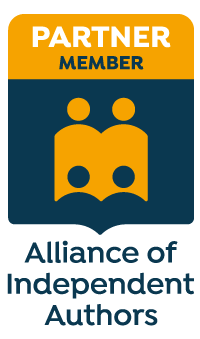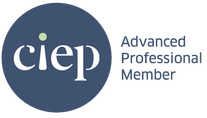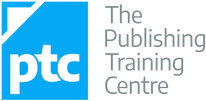- Training – take courses and follow up with mentoring
- Equipment – buy relevant hardware and software
- Networking – join an editing society, set up social media accounts, attend conferences
- Brand awareness – choose a business name, develop a brand identity, create appropriate visuals etc.
- Launch – register business, inform tax authorities, set up bank account, take out relevant insurance policies
- Visibility – create website, business cards, leaflets; advertise in directories; buy a custom domain name and email address
- Pricing – create a fee matrix for different client types
- Templates – design letterhead, invoices, email signature, postage labels, reports, etc.
- Schedule – create work schedule to track jobs, payments, time, etc.
- Business resources – create business-critical resources such as terms and conditions, process documents, contract of services
- Client acquisition – approach potential clients and pitch for work
- Learning centre – develop additional resources that solve clients’ problems
|
Louise and Denise discuss three ideas that help editors and proofreaders develop or enhance an editorial business mindset.
|
|
PATTERN EXAMPLES
|
WHAT ARE THE LONGER-TERM BUSINESS OUTCOMES?
|
|
Your analytics program tells you the page views on your site have risen from 5,000 per year 2 years ago to 80,000 in the current year. The data reveals that this is down to your blogging.
|
The more important question is whether there’s a correlation between your blog-driven traffic and the number of requests to quote from clients who are offering the kind of work you want to do and are prepared to pay your price.
That you've increased your traffic to 80,000 in 2 years is irrelevant if you're still not attracting enough paying work from ideal clients. If a blog is generating traffic but that isn't converting into sales, assess whether your content's hitting the mark. In other words, are you solving the right problems? |
|
You regularly post on LinkedIn. You’ve built a large number of connections and get strong engagement with your posts. Your analytics data tells you that LI has driven more traffic to your site than any other social media platform in the past 12 months.
|
The more important question is whether you can discern a corresponding increase in work leads and sales (even indirectly) and other opportunities that drive your business forward.
Social media platforms are fantastic content distribution and networking platforms. Still, when it comes to business, we need to use them with purposeful goals in mind. |
|
You’ve noticed a 20% decrease in views of your contact page in the past three months. You’ve made some big changes to your website this quarter as part of a branding exercise and worry they’ve had a negative effect.
|
The important question to ask is how that corresponds with the number of people asking for quotes, and the number of confirmed bookings.
Visiting a contact page and getting in contact are two completely different things. If you’re still receiving the same number of requests to quote as in the previous quarter, perhaps you’re appealing to a more targeted client base and are achieving a higher visit:click conversion ratio. Even if you’re receiving fewer requests to quote, but more of those have turned into confirmed bookings, that’s a positive outcome, and one to be celebrated, not a negative one! It shows that your branding is working. |
To be meaningful, they need to be considered over time and evaluated within the context of, and measured against, business goals: e.g. requests to quote, confirmed bookings, quality of clients, income, and the length of your wait-list. Otherwise, they’re nothing more than vanity metrics.
As for other people’s raw stats, they tell you nothing about your own business’s needs and goals. Don't spend valuable time worrying about them.
4. Track, plan and schedule
Like all sole traders, independent editors have to do everything themselves, unless they contract out services to, say, a VA, a marketer or an accountant, any of which will incur costs.
We can find ourselves being asked to carry out impossible feats of juggling – too many activities and not enough time to do what must be done. The solution could lie in improved scheduling:
(1) Track how much time you spend on social media during work hours and check that all of it is relevant to your business. Be strict with your social engagement – schedule it, and stick to that plan. You’ll save time and be more productive.
- The hive mind is wonderful but there is such a thing as too many cooks in the kitchen. If you’re stuck on an editing conundrum, might you query with the client and move on rather than spending half an hour on Facebook garnering opinion from several hundred editors?
- If a job is struggling to hold your attention, could you switch away and do something else for your business such as marketing or invoicing rather than letting off steam on Twitter?
- If you don’t have enough work, how about doing things to find work rather than telling 10,000 colleagues online that you’re having a rough time? Sympathy is not a solution, lovely though it is.
(2) Schedule all tasks, not just editing. Invoicing, marketing, replying to requests to quote, and dealing with queries can cause problems when they’re not scheduled. If you have 7 hours a day available for work, allot some of that time to stuff that enables you to run your business.
That might mean you only have 5 hours a day available for editing, not 7, which means you’ll need to assign a longer period of time to complete each project. If you need to shift things around, fine – there’s a big difference between drinking your tea at a different time and forgetting to switch the kettle on.
When Denise Cowle and I decided to set up The Editing Podcast, we knew the pre-launch work would have to be squeezed into our already busy business and personal schedules. This was a new venture, one that would run on top of our existing business activities, not instead of them.
It would have been easy for either of us to say, ‘I don’t have time – let’s do it in the next couple of weeks. I’ll call you when I’m free.’ We knew this would be a disaster, that it would lead to procrastination and delay.
5. Create templates and information resources
Templates make life easier and help editors work faster. They can be customized, of course, but the underlying framework is in place, meaning we can focus on tweaking the nitty-gritty so that what we’re creating is specific to the recipient. The following all lend themselves to templating:
- Style sheets
- Editorial reports
- Replies to requests for information
- Invoices
When we find ourselves explaining the same problem to different clients, it’s time to create a resource that we can use indefinitely.
For example, if you’re a developmental editor you might have written numerous reports and queries in which you describe the fundamentals of narrative point of view. Instead of repeating yourself, create a document that outlines the principles in detail.
The initial work will take you time, but once done you can use it over and over.
You can also place that information on your website and use it as a promotional tool.
I’m a specialist sentence-level fiction editor. Many of my clients are first-time authors who struggle to punctuate dialogue, use apostrophes correctly, and render thoughts consistently in their writing.
When I’m creating the handover editorial report, I don’t include long explanations about why and how I fixed these problems. Instead, I alert clients to the issues in brief and link to the relevant booklets on my website.
I’ve shaved hours off my report-writing time and repurposed the resources for business promotion.
Summing up
If you’re looking for ways to make your business life run more smoothly in the next 12 months, perhaps some or all of these 5 tips will help you to save time, increase productivity, and take action.
There are some free templates and other resources in the Further Reading section below. Help yourself.
Happy New Year!
Further reading
- How to become a better editor while secretly promoting your business (blog post)
- How to increase your productivity ... the AIR way (blog post)
- How to minimize cancellations and non-payment for editing and proofreading services (blog post)
- Invoicing: Excel template (free: scroll through the resource gallery)
- Overcoming marketing paralysis: How to turn overwhelm into action (blog post)
- Free scheduling template
- Free style sheet template
- Marketing and branding courses and books for editors
She is an Advanced Professional Member of the Chartered Institute of Editing and Proofreading (CIEP), a member of ACES, a Partner Member of The Alliance of Independent Authors (ALLi), and co-hosts The Editing Podcast.
Visit her business website at Louise Harnby | Fiction Editor & Proofreader, say hello on Twitter at @LouiseHarnby, connect via Facebook and LinkedIn, and check out her books and courses.
BLOG ALERTS
TESTIMONIALS
Dare Rogers
'Louise uses her expertise to hone a story until it's razor sharp, while still allowing the author’s voice to remain dominant.'
Jeff Carson
'I wholeheartedly recommend her services ... Just don’t hire her when I need her.'
J B Turner
'Sincere thanks for a beautiful and elegant piece of work. First class.'
Ayshe Gemedzhy
'What makes her stand out and shine is her ability to immerse herself in your story.'
Salt Publishing
'A million thanks – your mark-up is perfect, as always.'
CATEGORIES
All
Around The World
Audio Books
Author Chat
Author Interviews
Author Platform
Author Resources
Blogging
Book Marketing
Books
Branding
Business Tips
Choosing An Editor
Client Talk
Conscious Language
Core Editorial Skills
Crime Writing
Design And Layout
Dialogue
Editing
Editorial Tips
Editorial Tools
Editors On The Blog
Erotica
Fiction
Fiction Editing
Freelancing
Free Stuff
Getting Noticed
Getting Work
Grammar Links
Guest Writers
Indexing
Indie Authors
Lean Writing
Line Craft
Link Of The Week
Macro Chat
Marketing Tips
Money Talk
Mood And Rhythm
More Macros And Add Ins
Networking
Online Courses
PDF Markup
Podcasting
POV
Proofreading
Proofreading Marks
Publishing
Punctuation
Q&A With Louise
Resources
Roundups
Self Editing
Self Publishing Authors
Sentence Editing
Showing And Telling
Software
Stamps
Starting Out
Story Craft
The Editing Podcast
Training
Types Of Editing
Using Word
Website Tips
Work Choices
Working Onscreen
Working Smart
Writer Resources
Writing
Writing Tips
Writing Tools
ARCHIVES
July 2024
June 2024
May 2024
April 2024
March 2024
October 2023
August 2023
July 2023
June 2023
May 2023
April 2023
March 2023
January 2023
December 2022
November 2022
October 2022
September 2022
August 2022
July 2022
June 2022
May 2022
April 2022
March 2022
February 2022
January 2022
December 2021
November 2021
October 2021
September 2021
August 2021
July 2021
June 2021
May 2021
April 2021
March 2021
February 2021
January 2021
December 2020
November 2020
October 2020
September 2020
August 2020
July 2020
June 2020
May 2020
April 2020
March 2020
February 2020
January 2020
December 2019
November 2019
October 2019
September 2019
August 2019
July 2019
June 2019
May 2019
April 2019
March 2019
February 2019
January 2019
December 2018
November 2018
October 2018
September 2018
August 2018
July 2018
June 2018
May 2018
April 2018
March 2018
February 2018
January 2018
December 2017
November 2017
October 2017
September 2017
August 2017
July 2017
June 2017
May 2017
April 2017
March 2017
February 2017
January 2017
December 2016
November 2016
October 2016
September 2016
June 2016
May 2016
April 2016
March 2016
February 2016
January 2016
December 2015
November 2015
October 2015
September 2015
July 2015
June 2015
May 2015
March 2015
February 2015
January 2015
November 2014
October 2014
September 2014
August 2014
July 2014
June 2014
March 2014
January 2014
November 2013
October 2013
September 2013
August 2013
June 2013
February 2013
January 2013
November 2012
October 2012
September 2012
August 2012
July 2012
June 2012
May 2012
April 2012
March 2012
February 2012
January 2012
December 2011
|
|
|



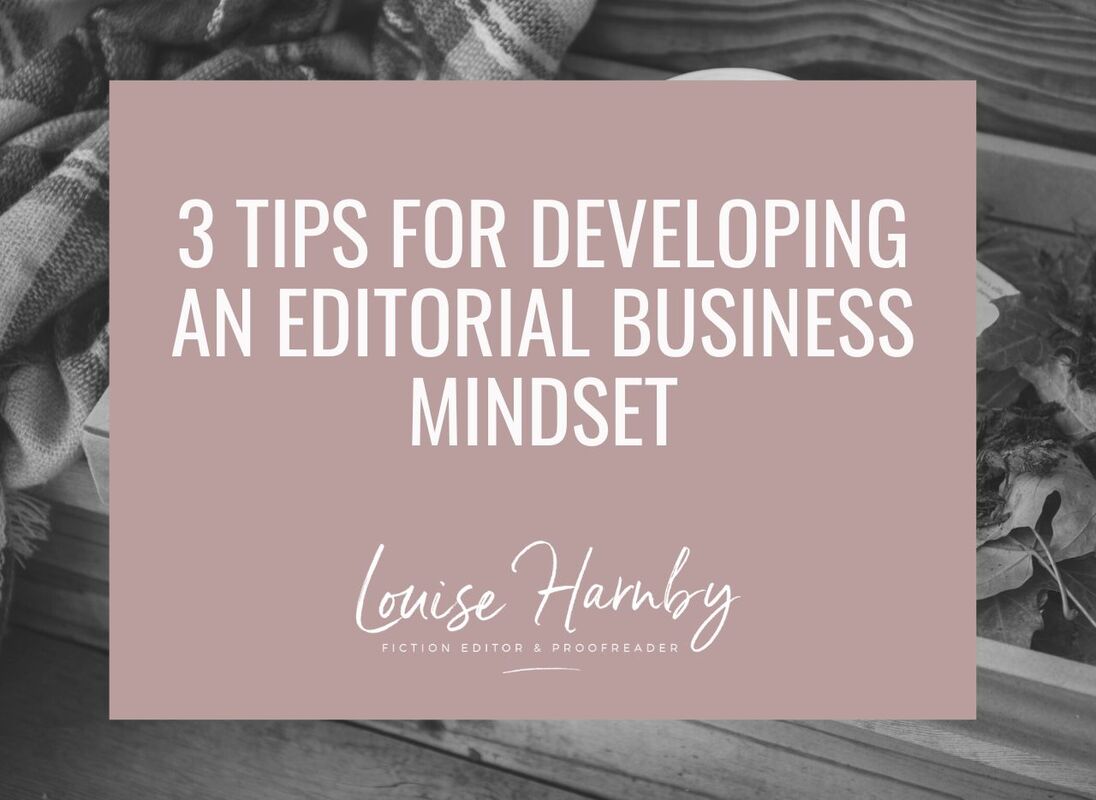
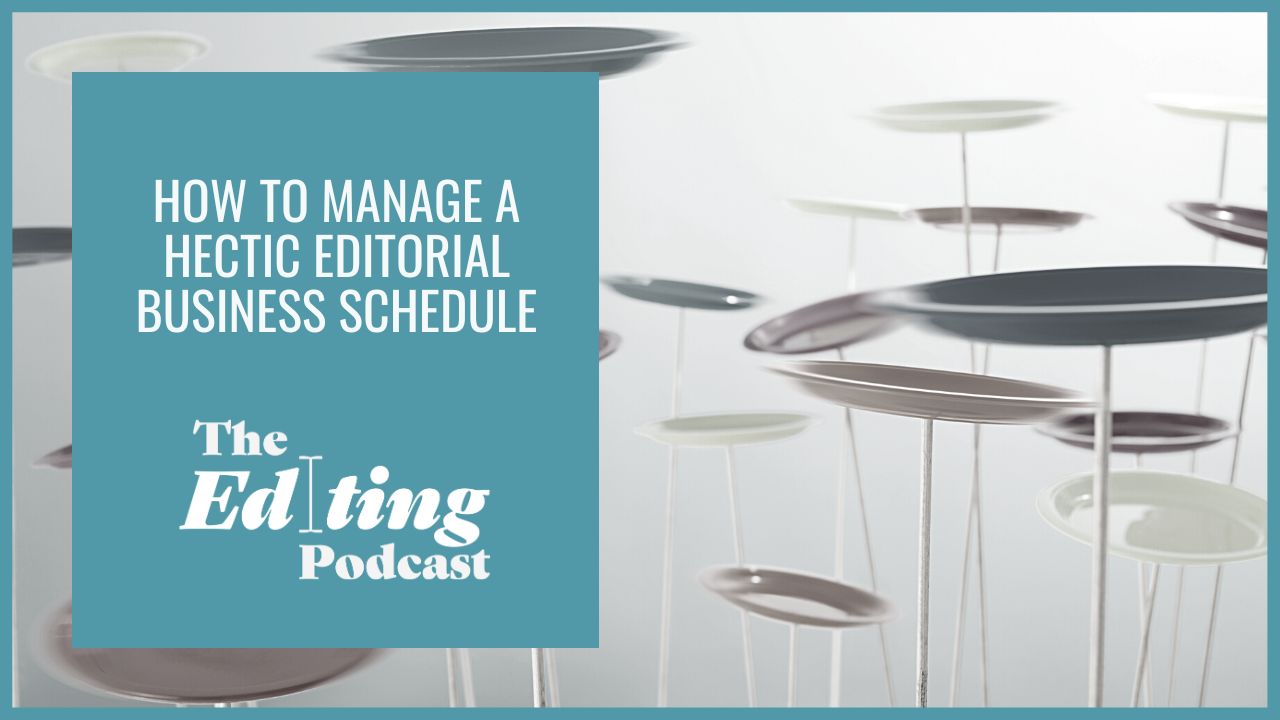


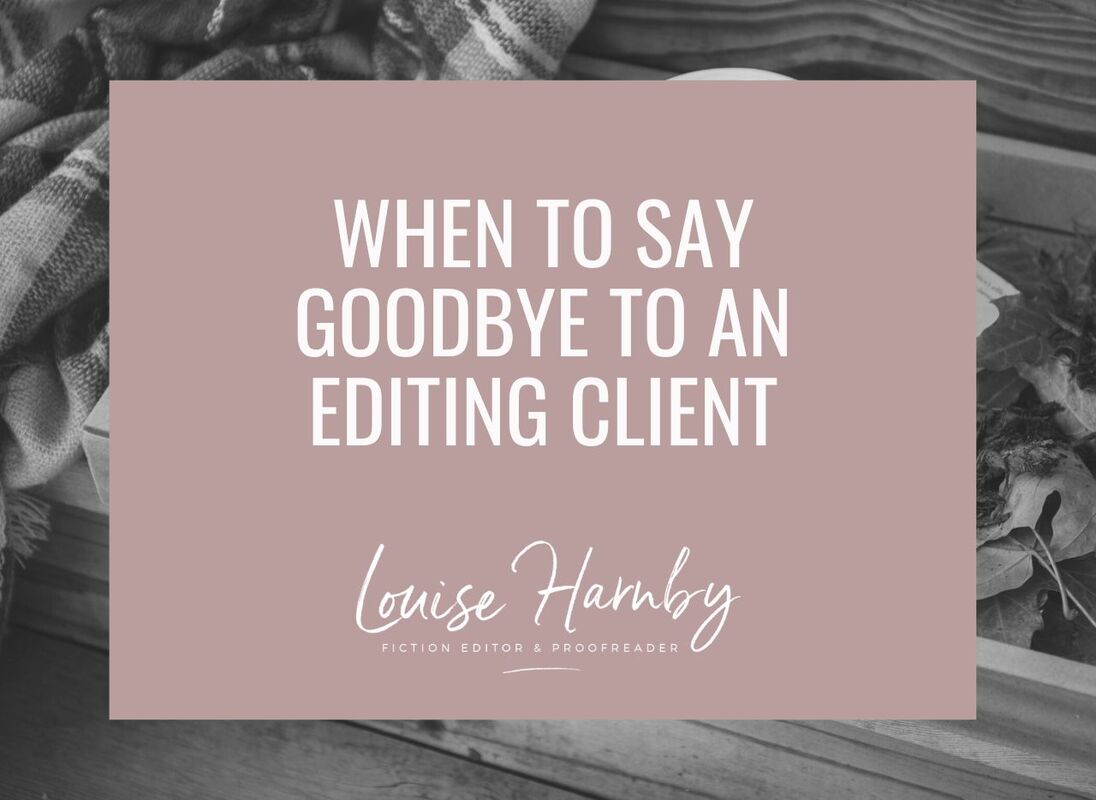
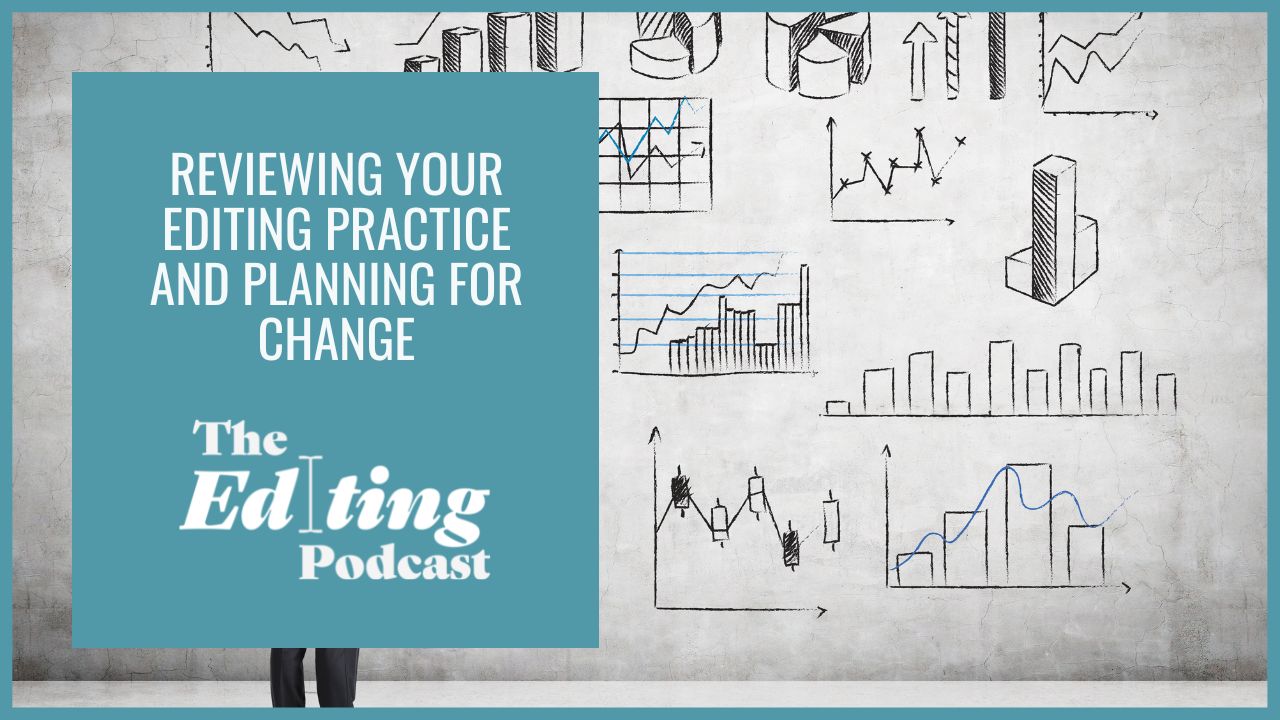
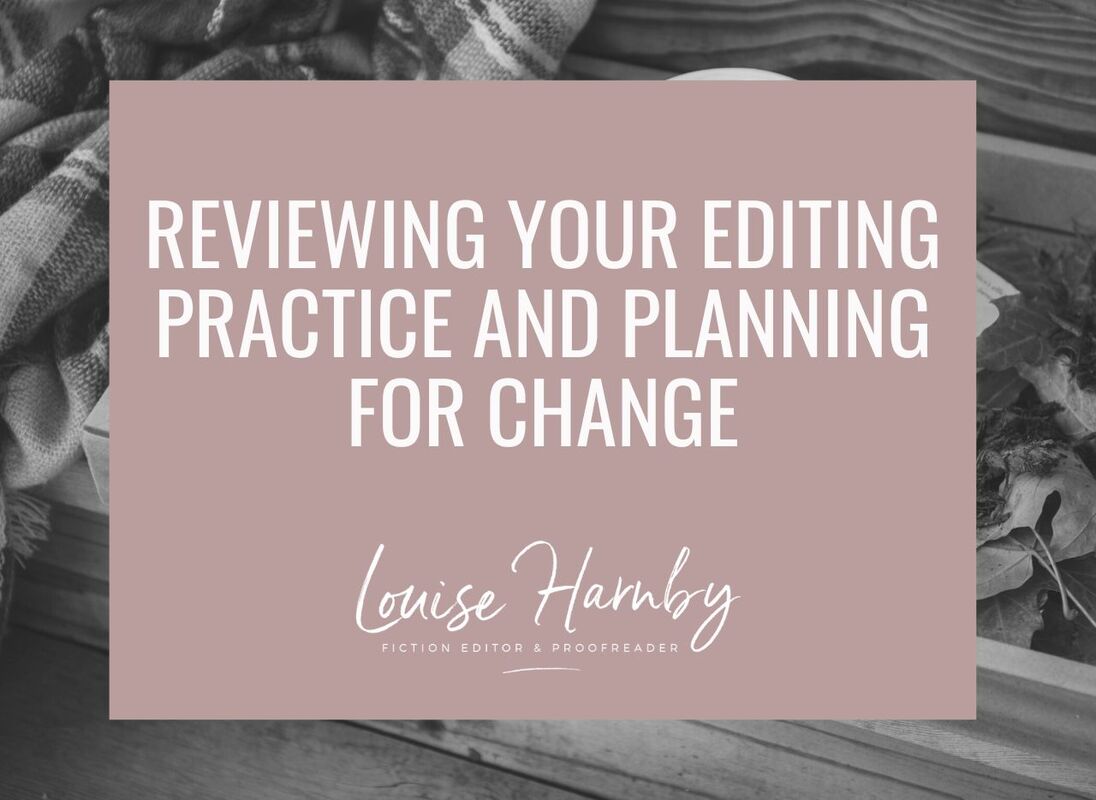
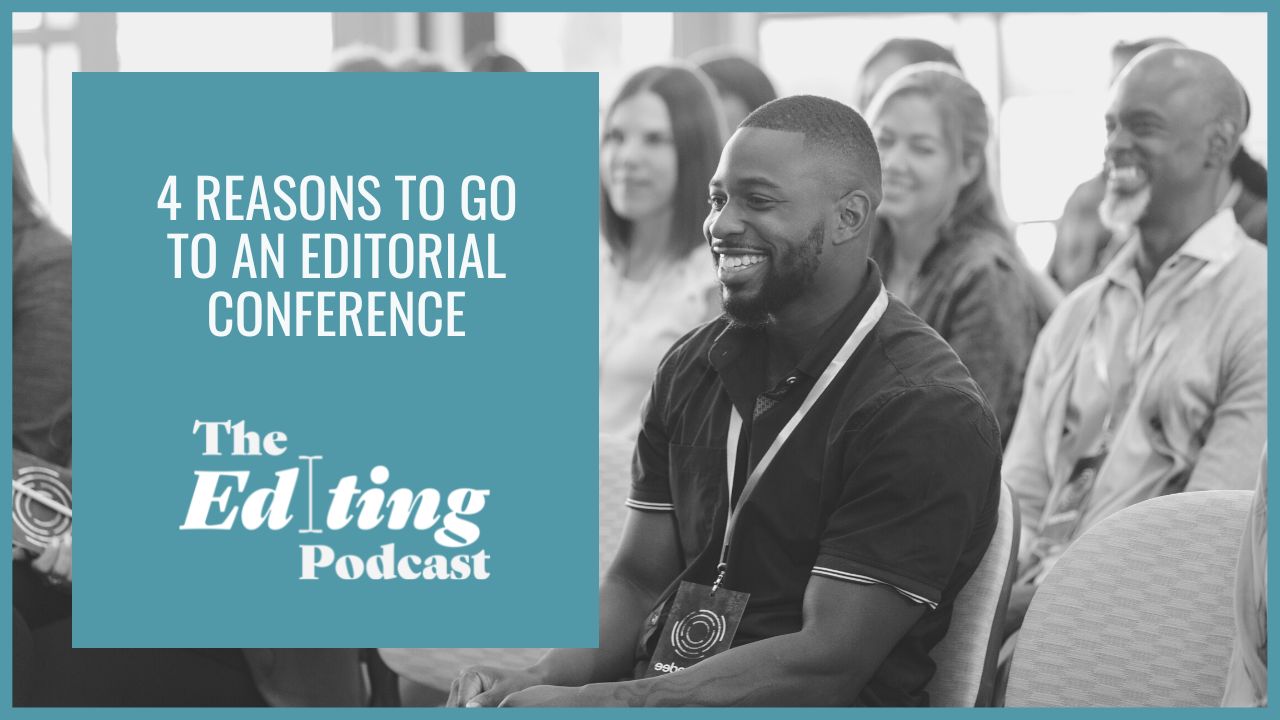
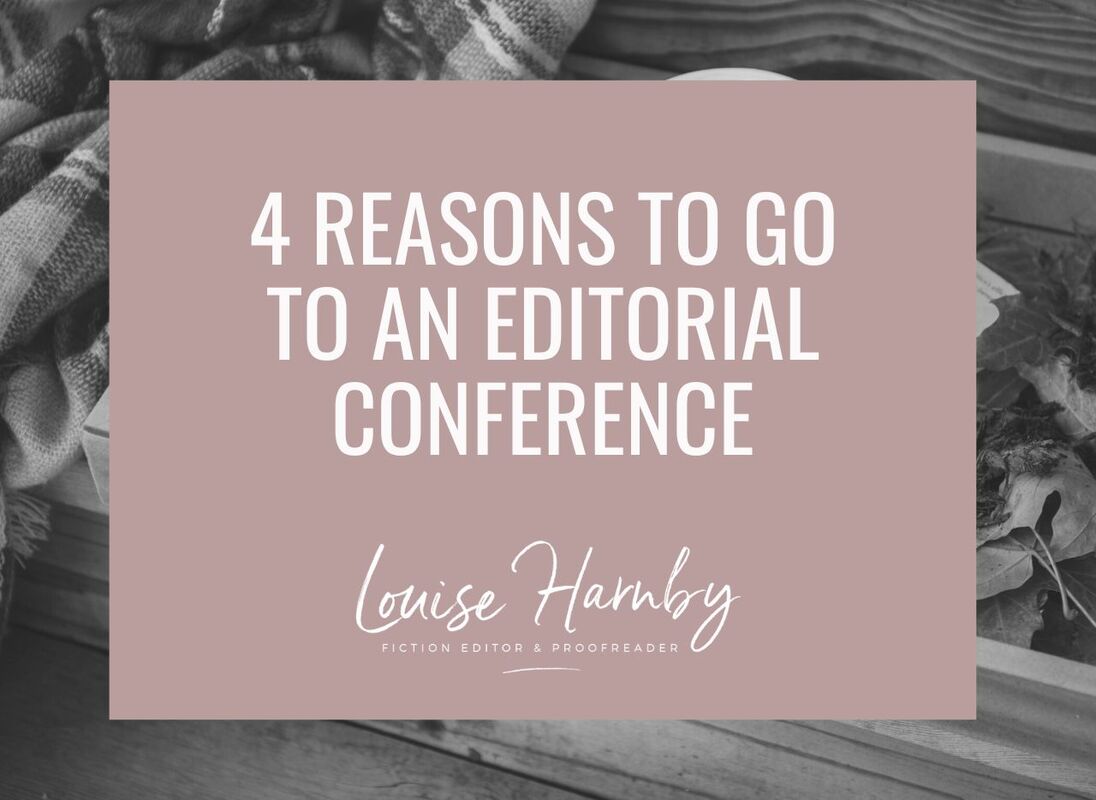
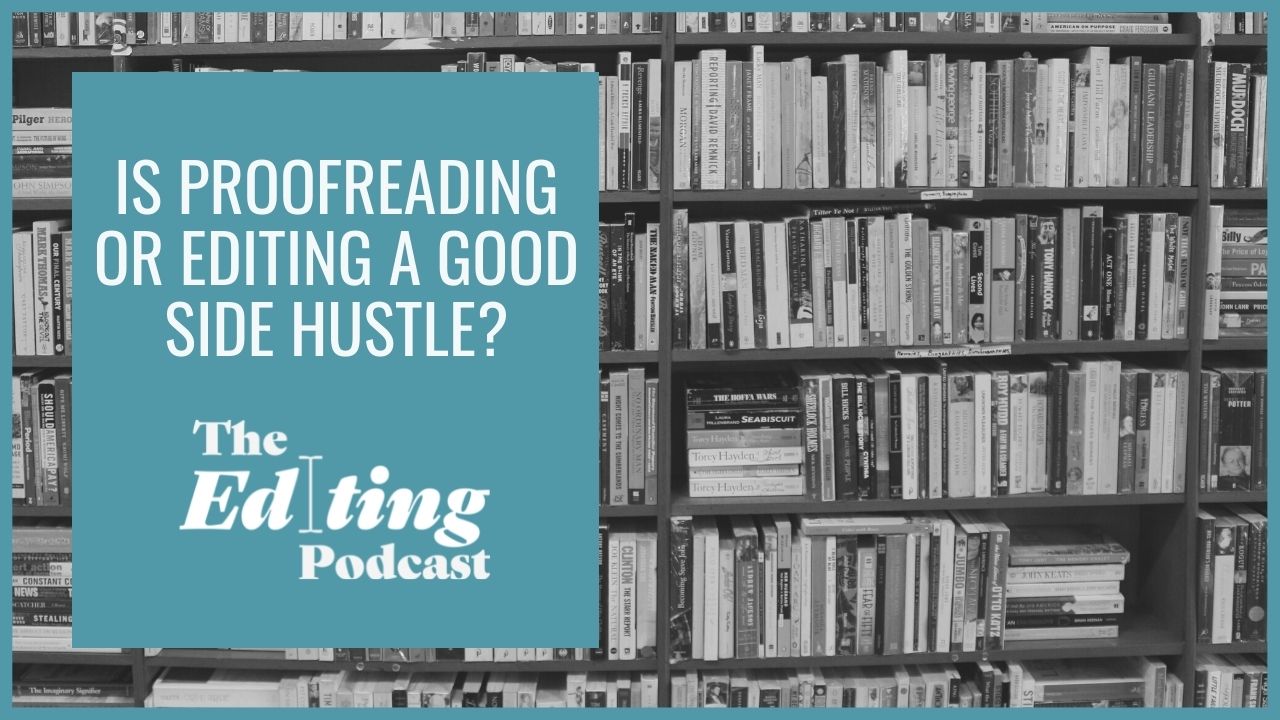
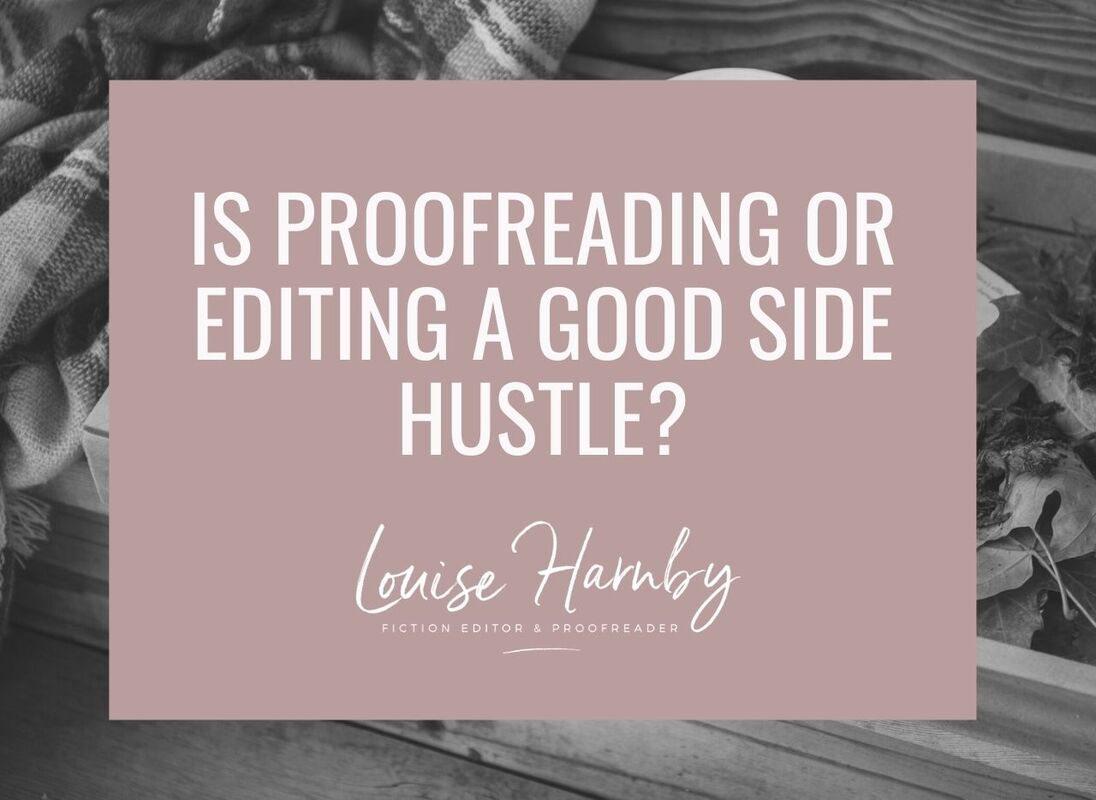
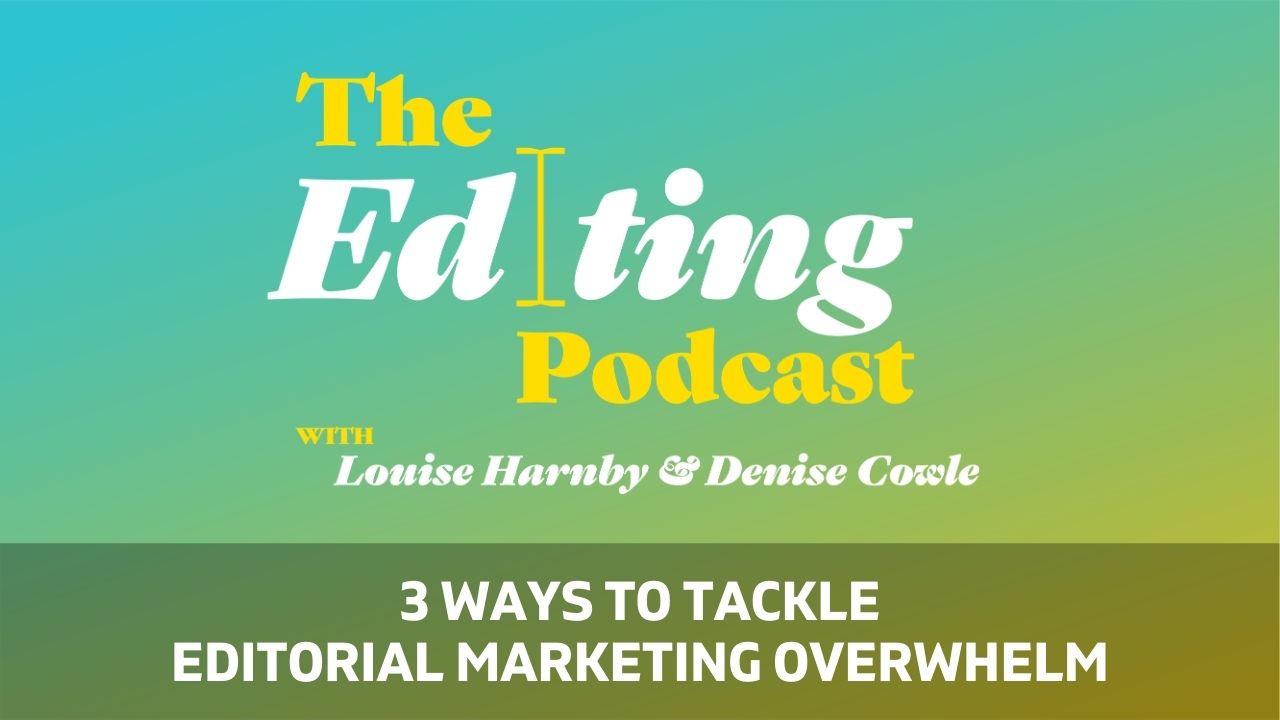
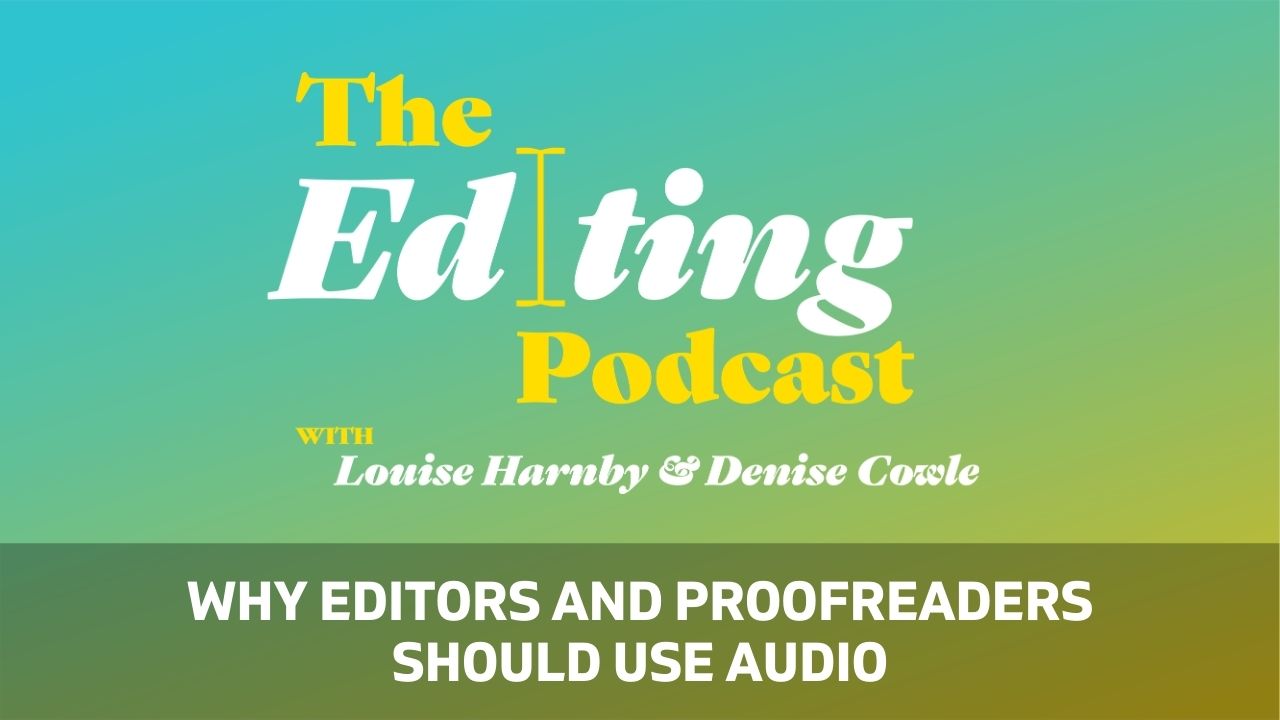

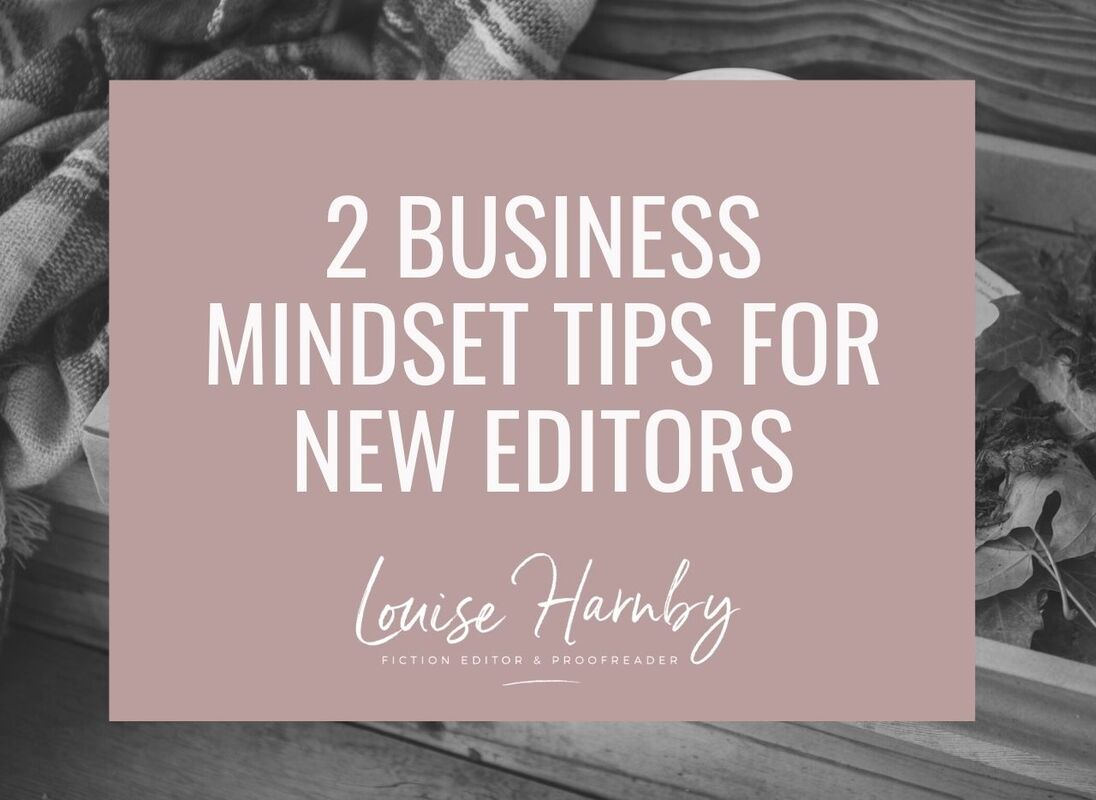

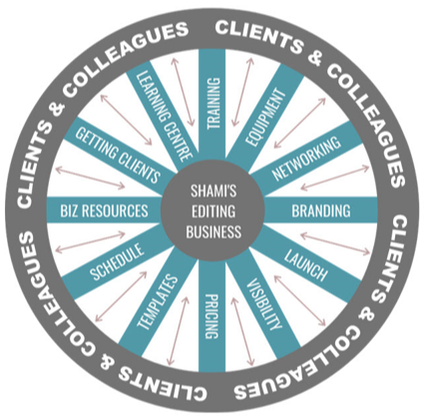


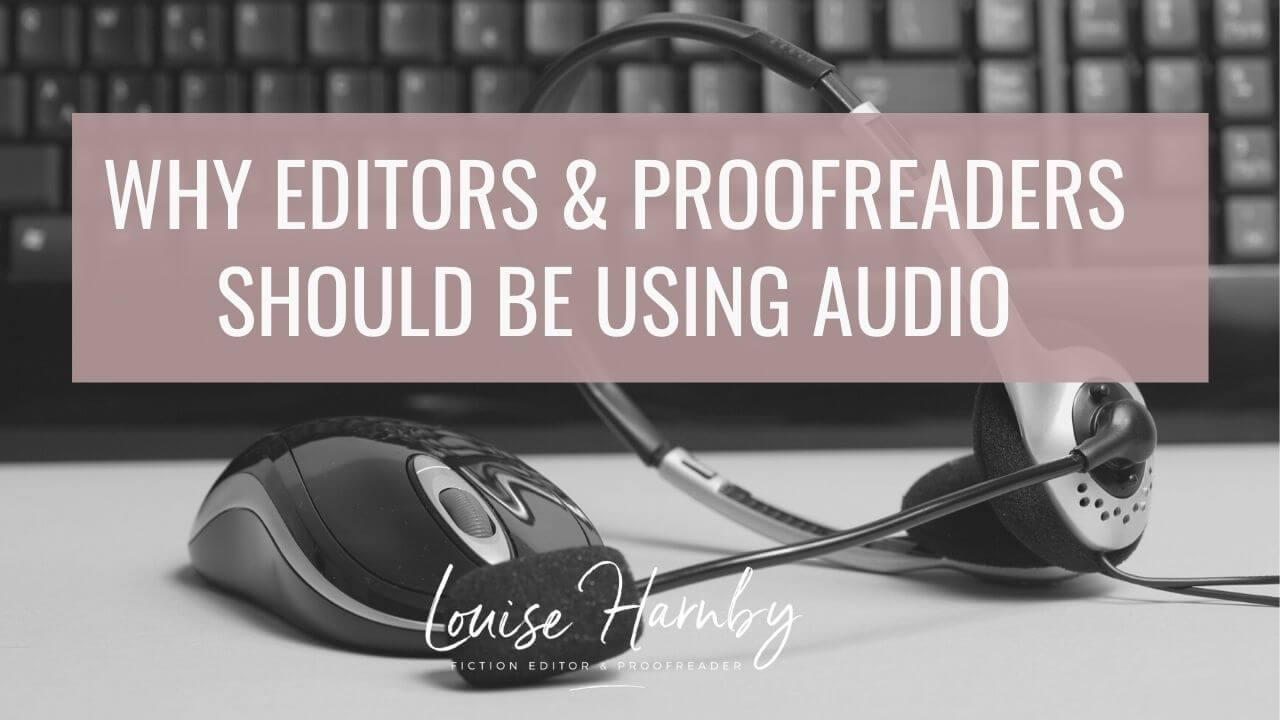
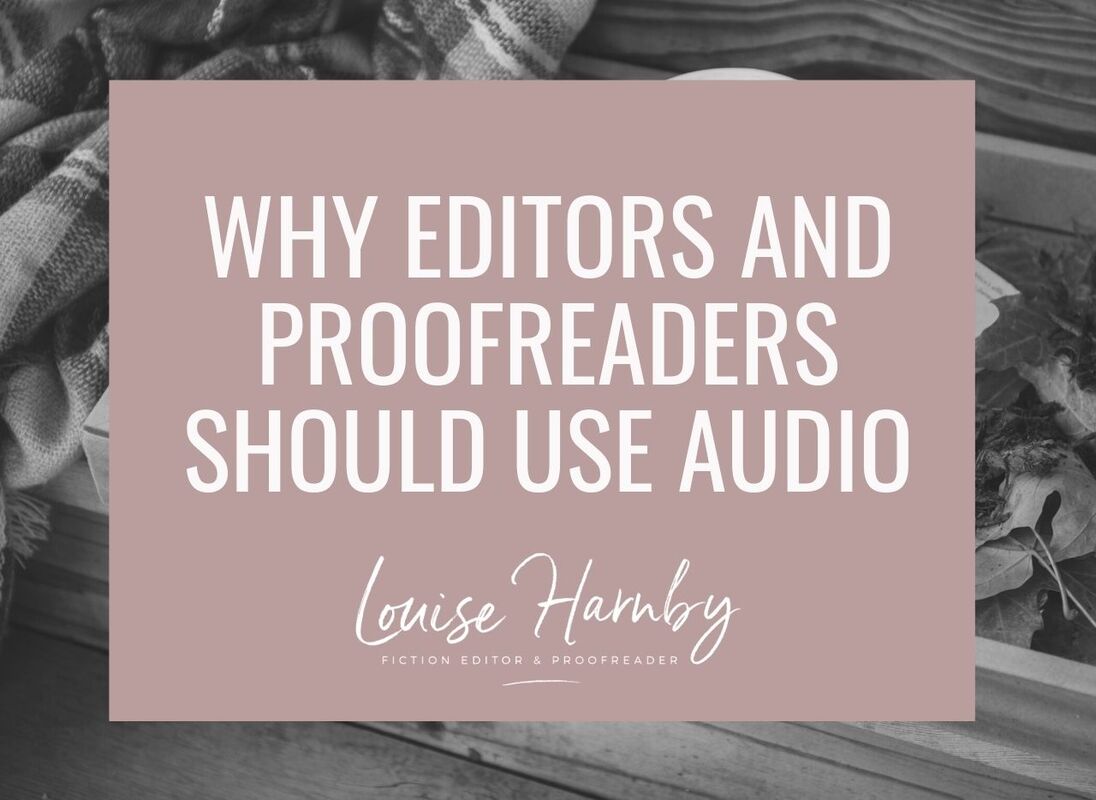

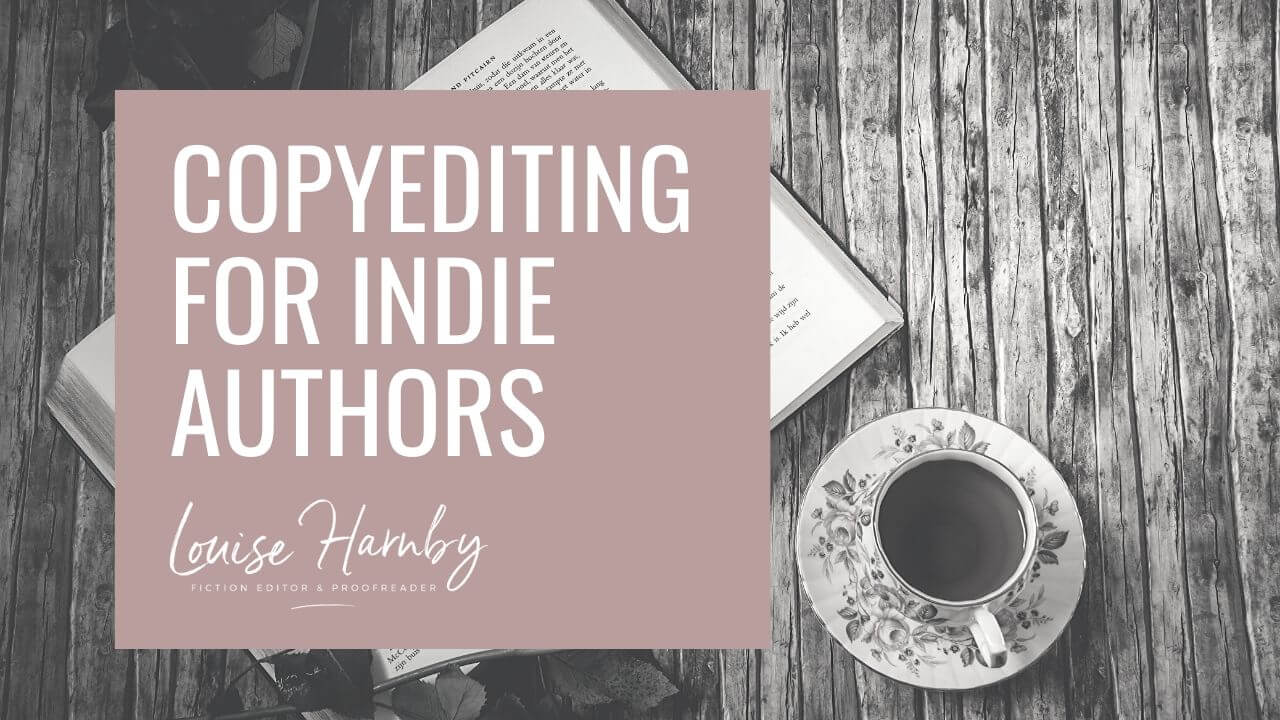







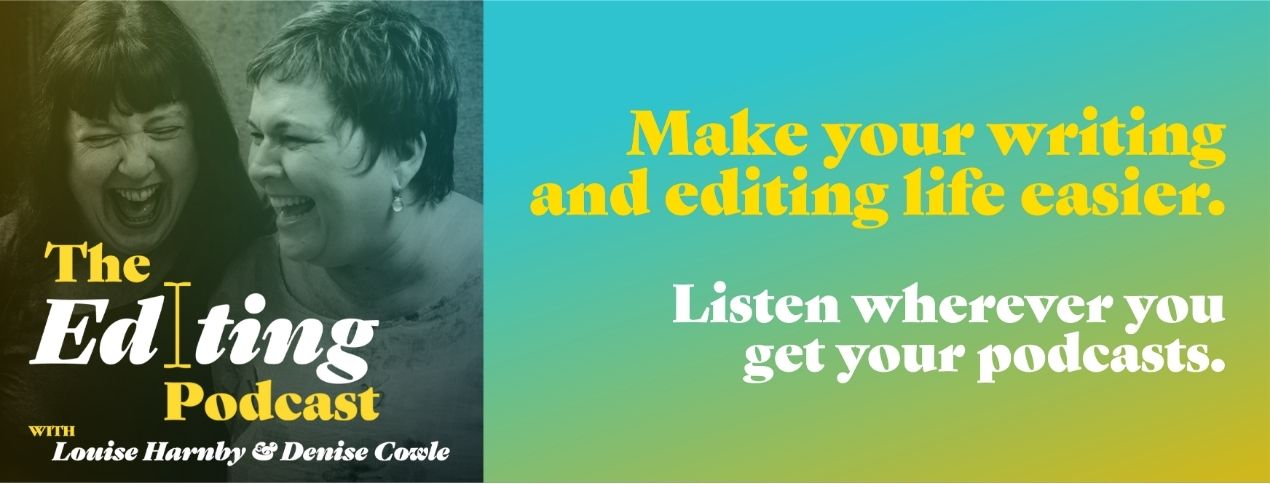

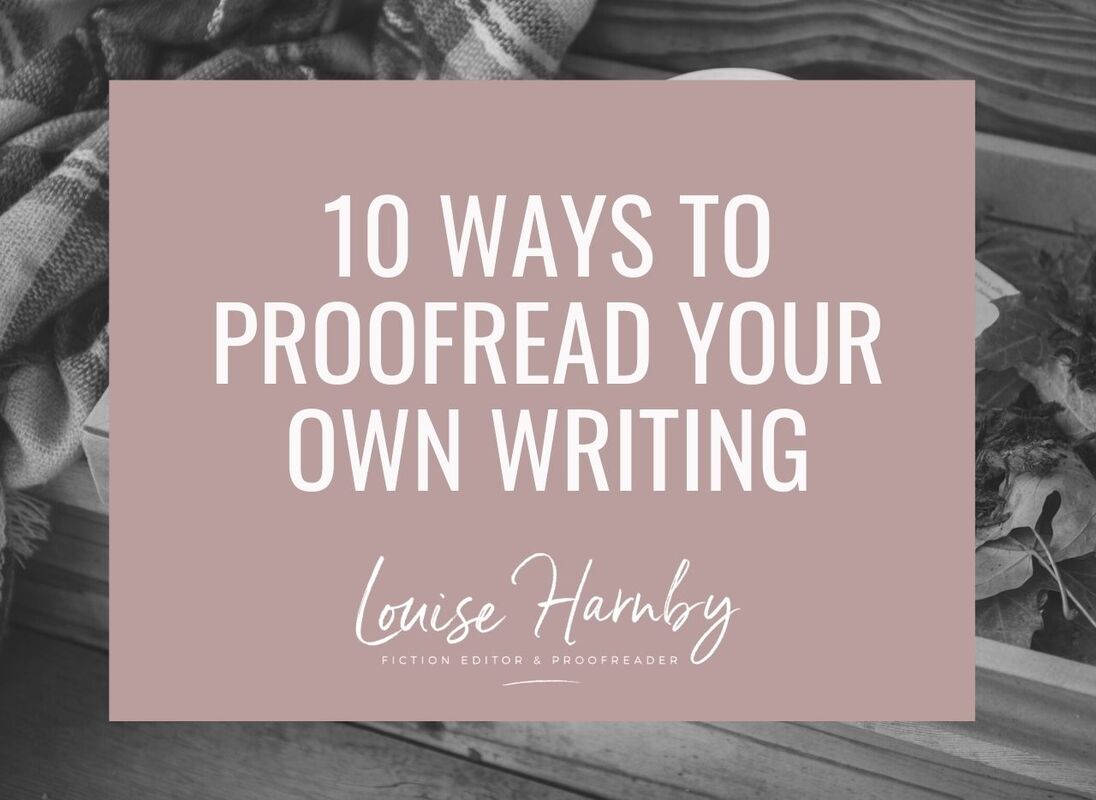

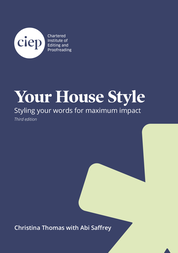
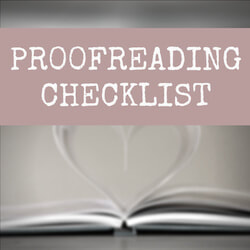
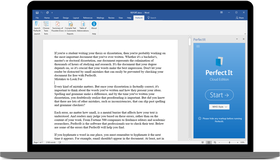
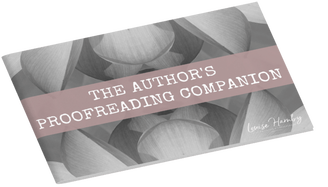
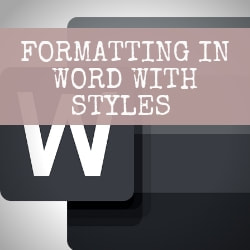
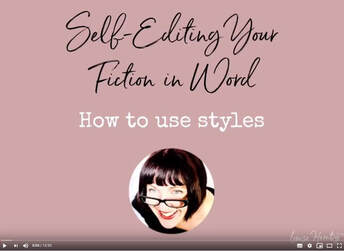
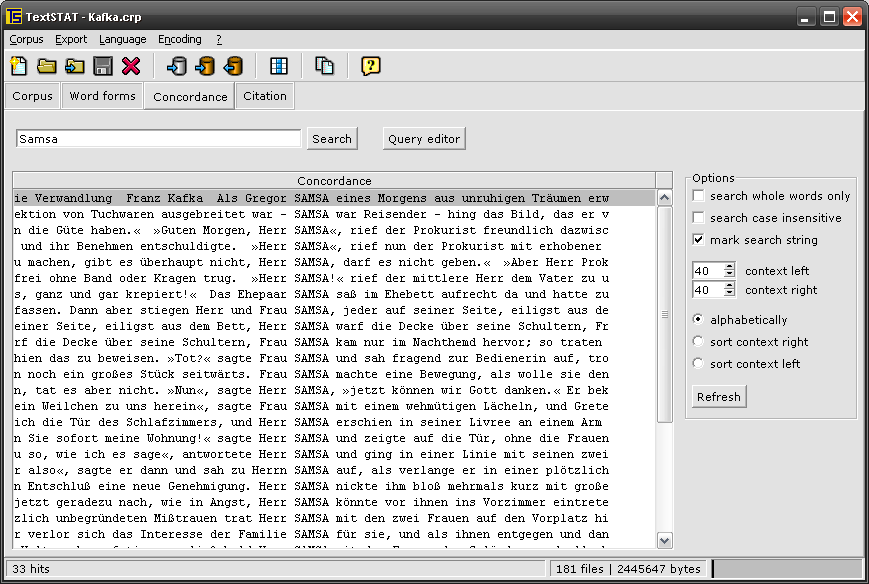



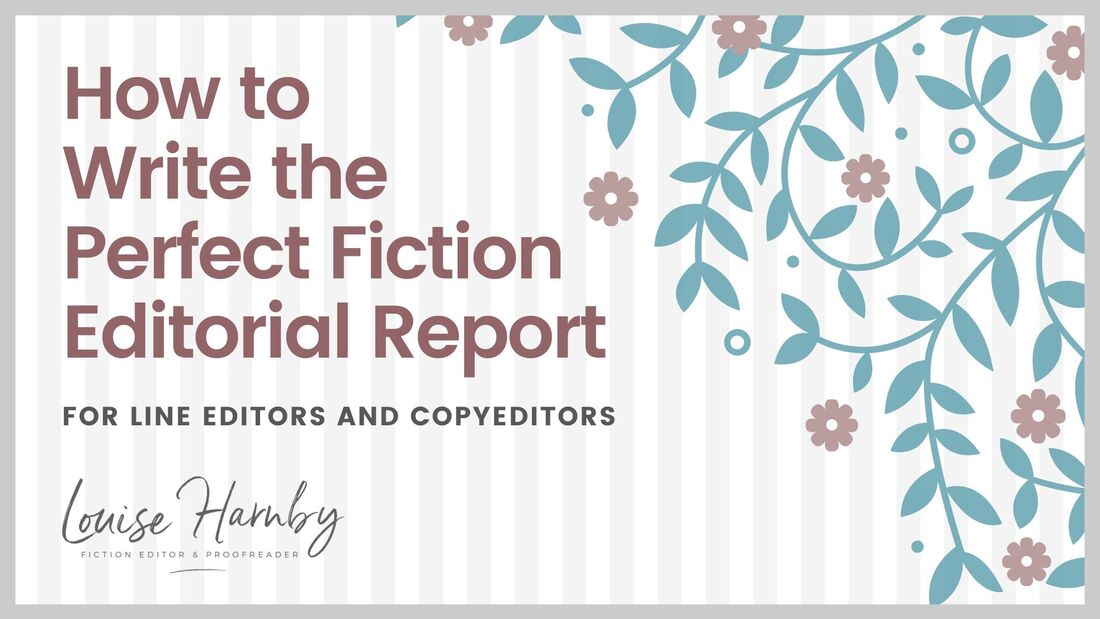

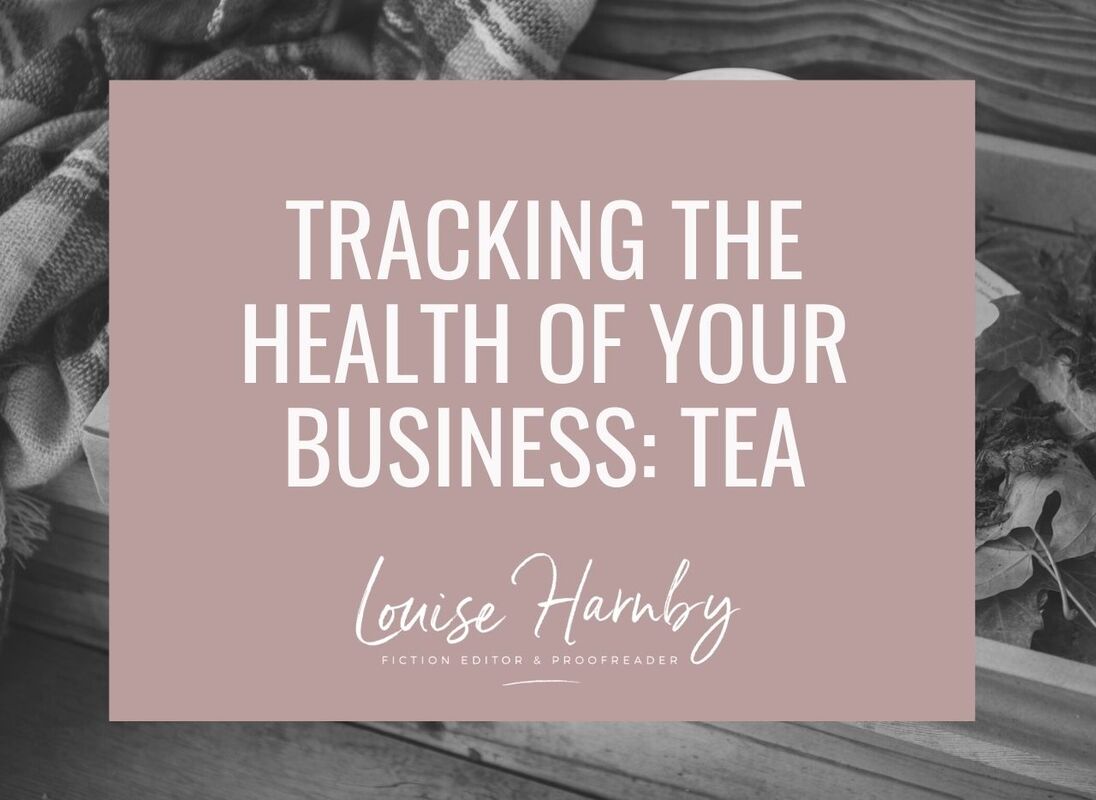




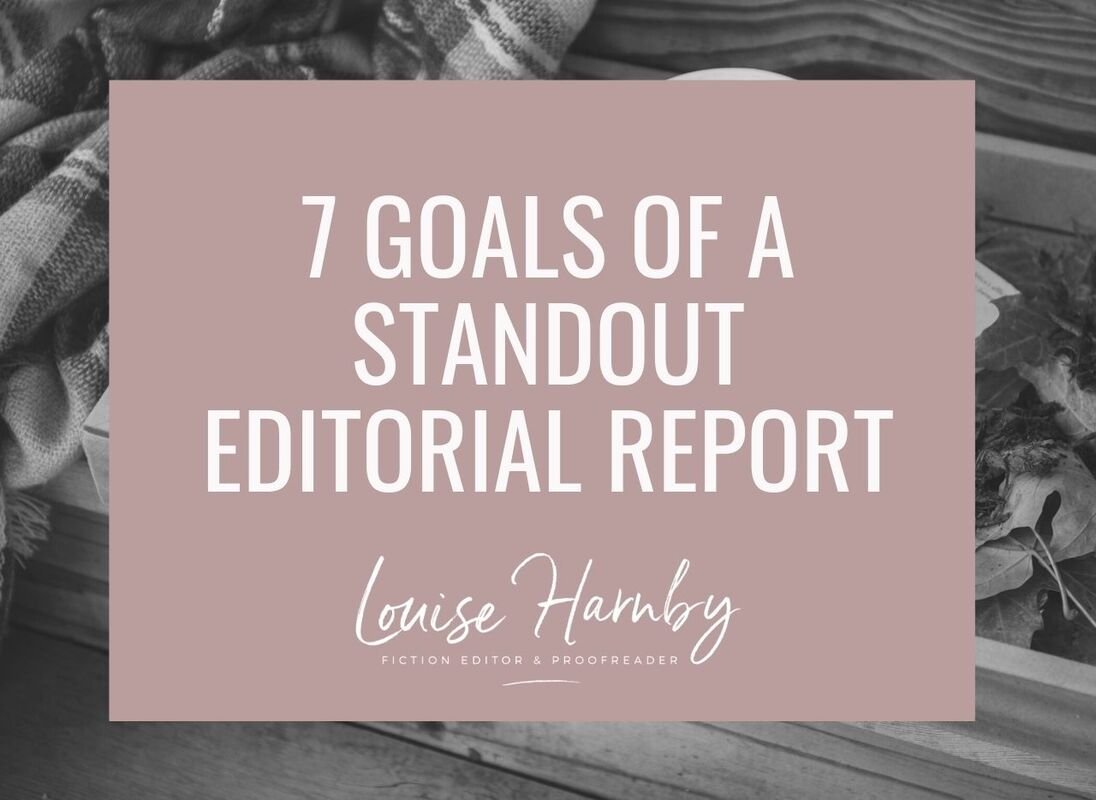
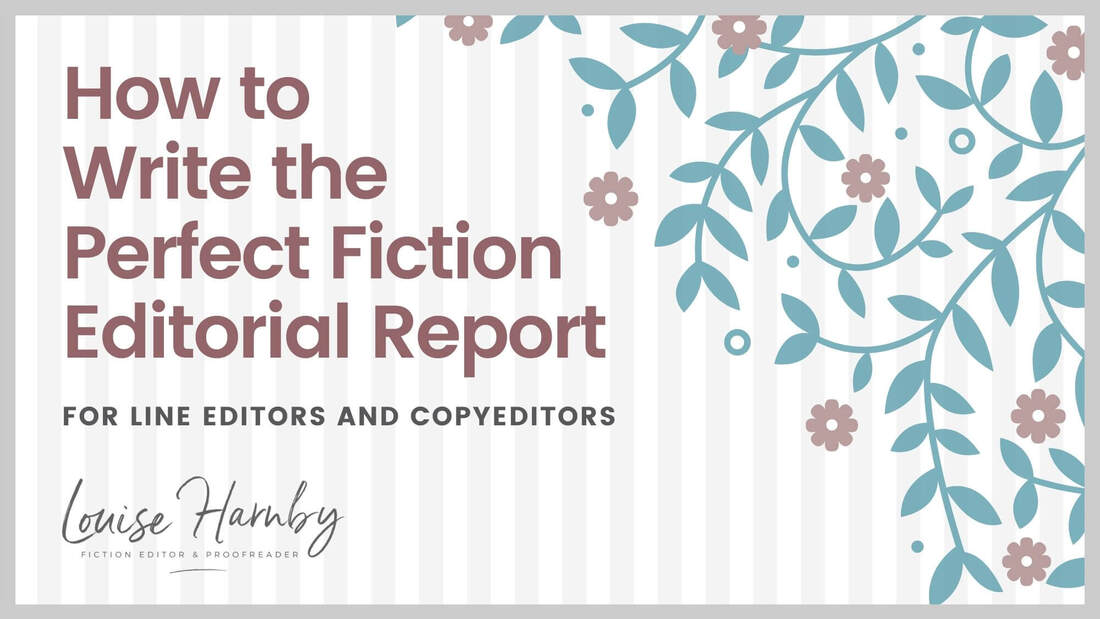
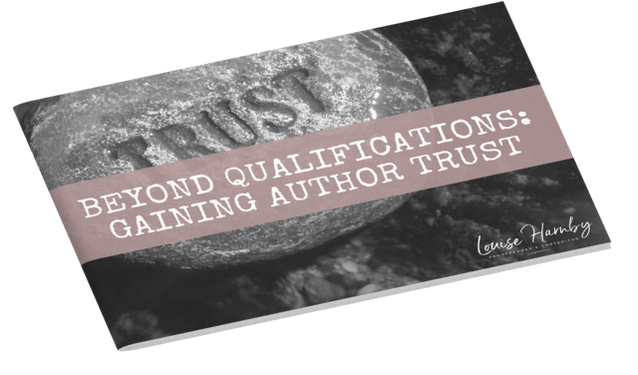
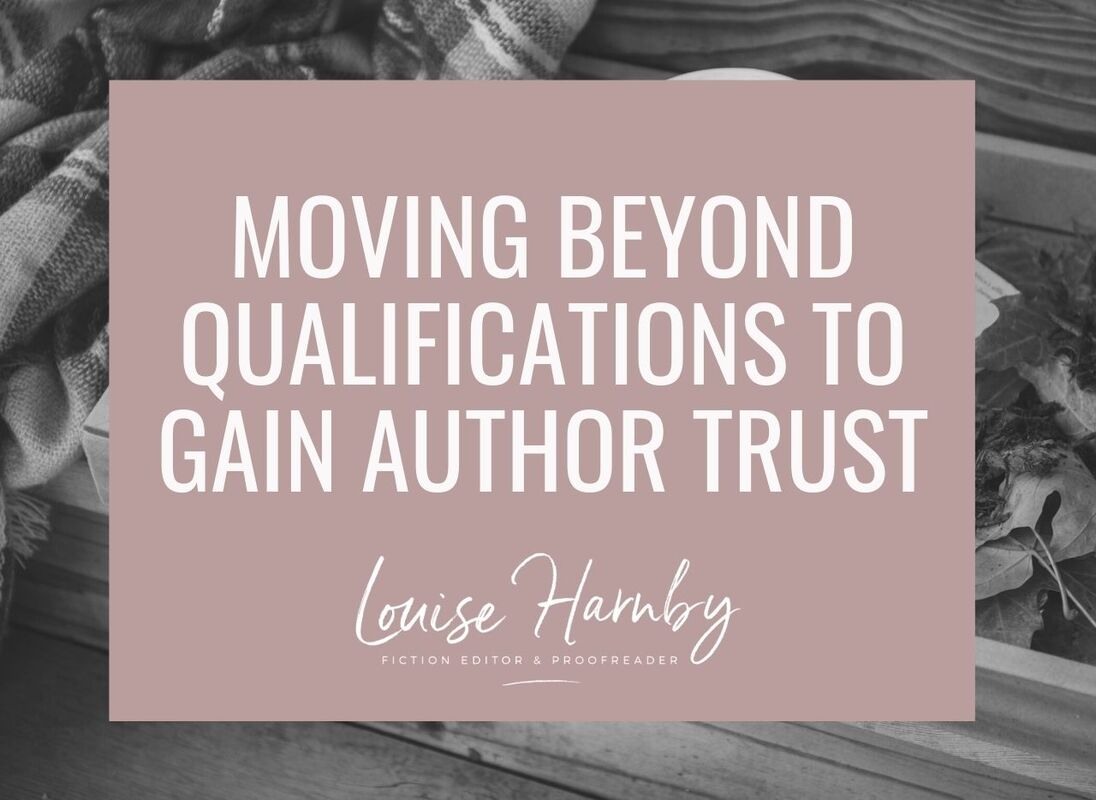
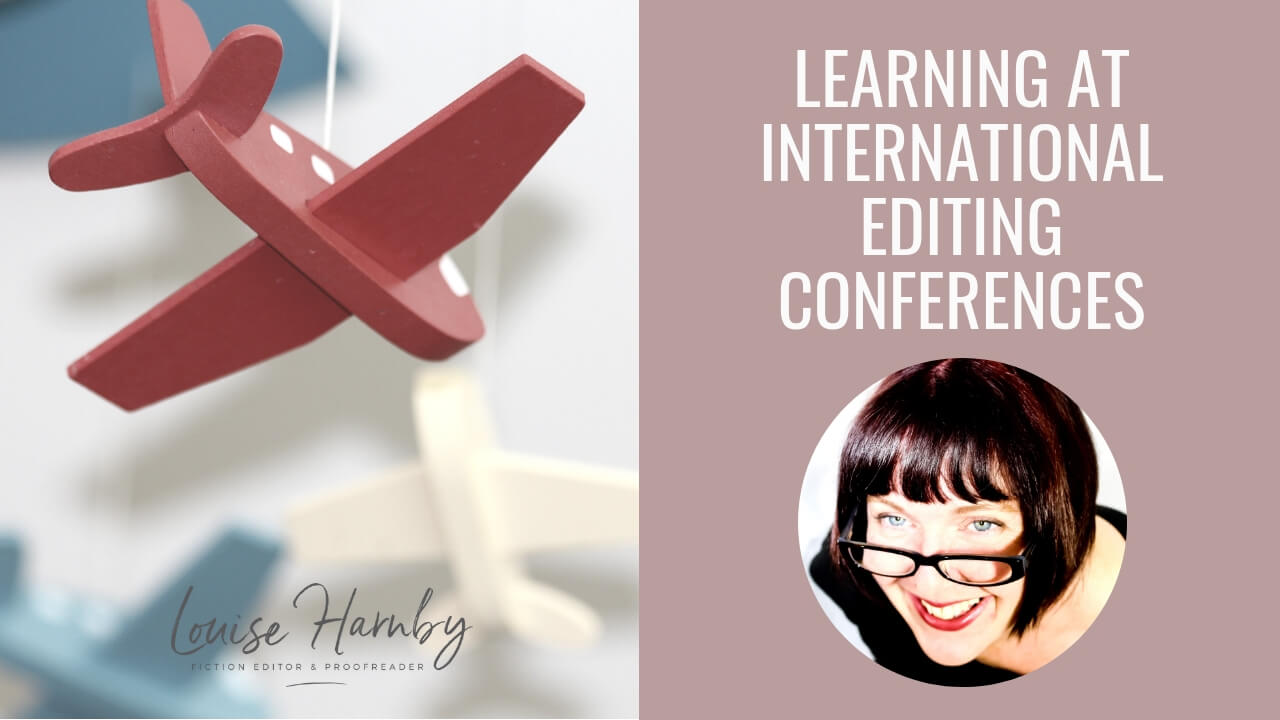
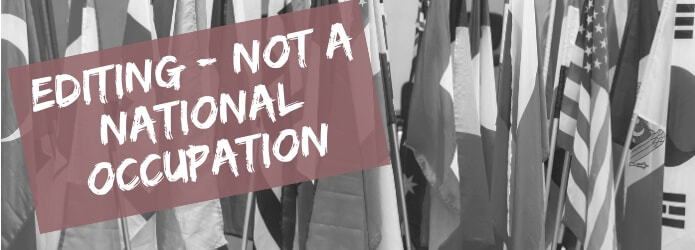

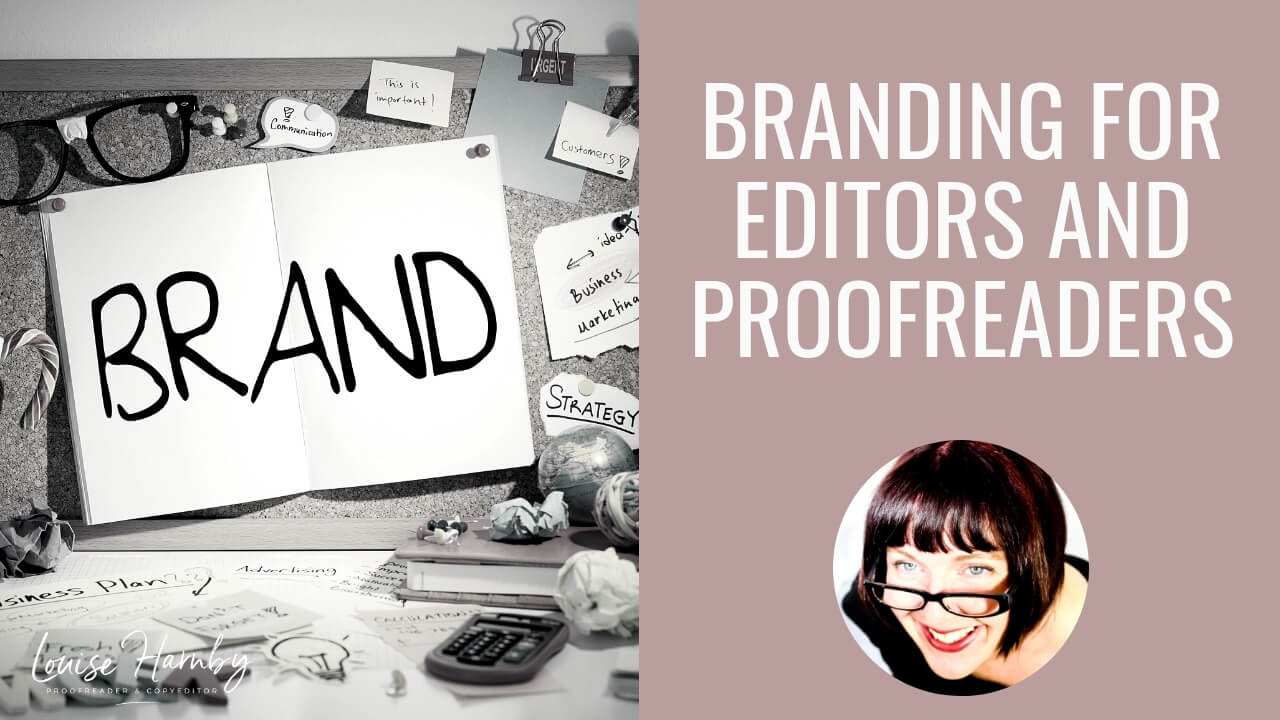
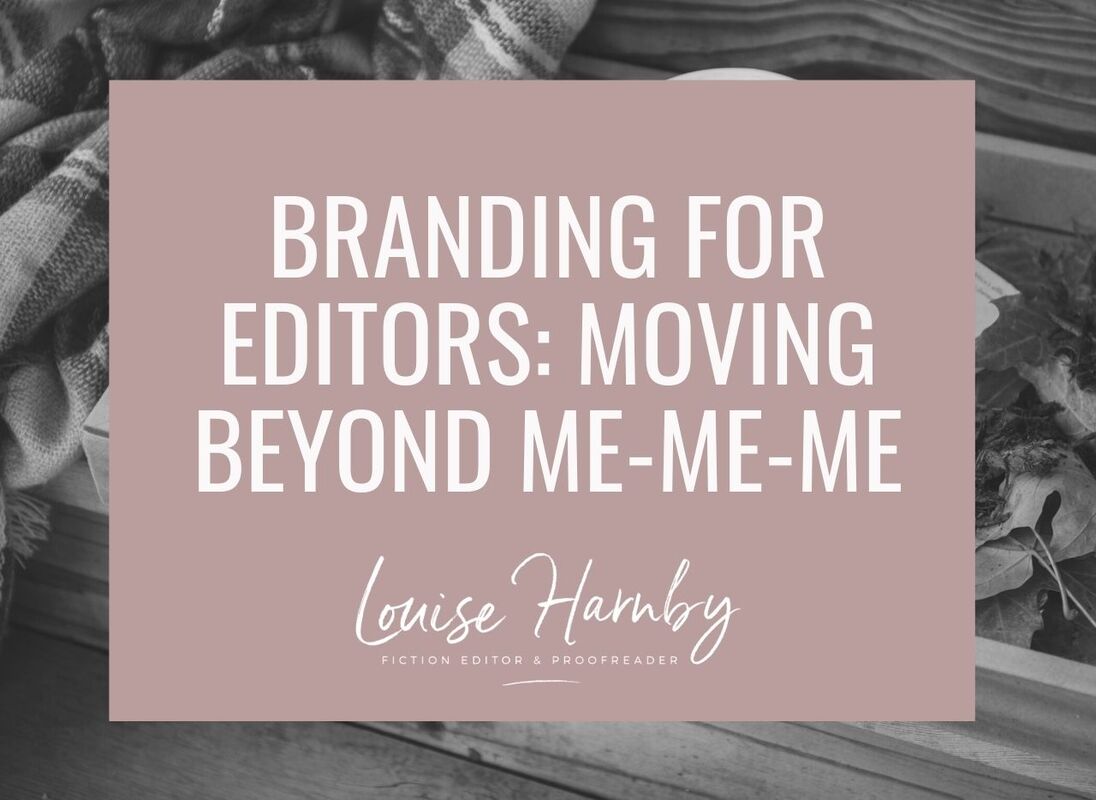



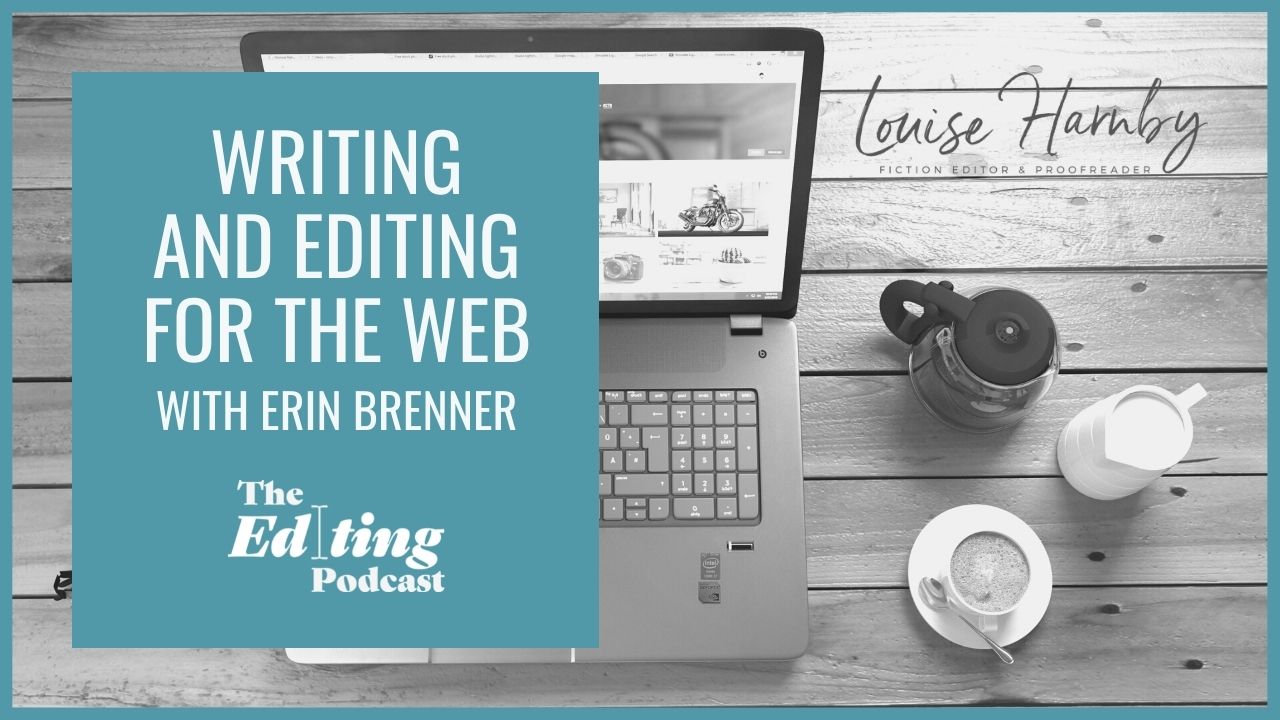
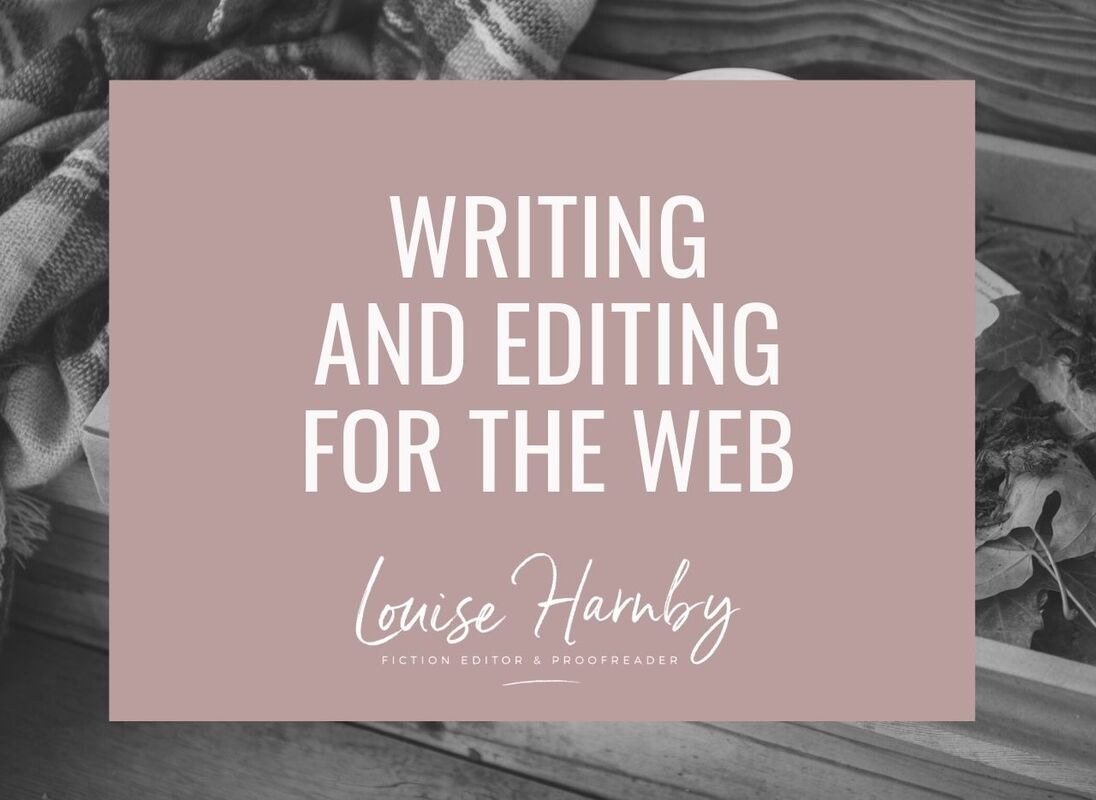
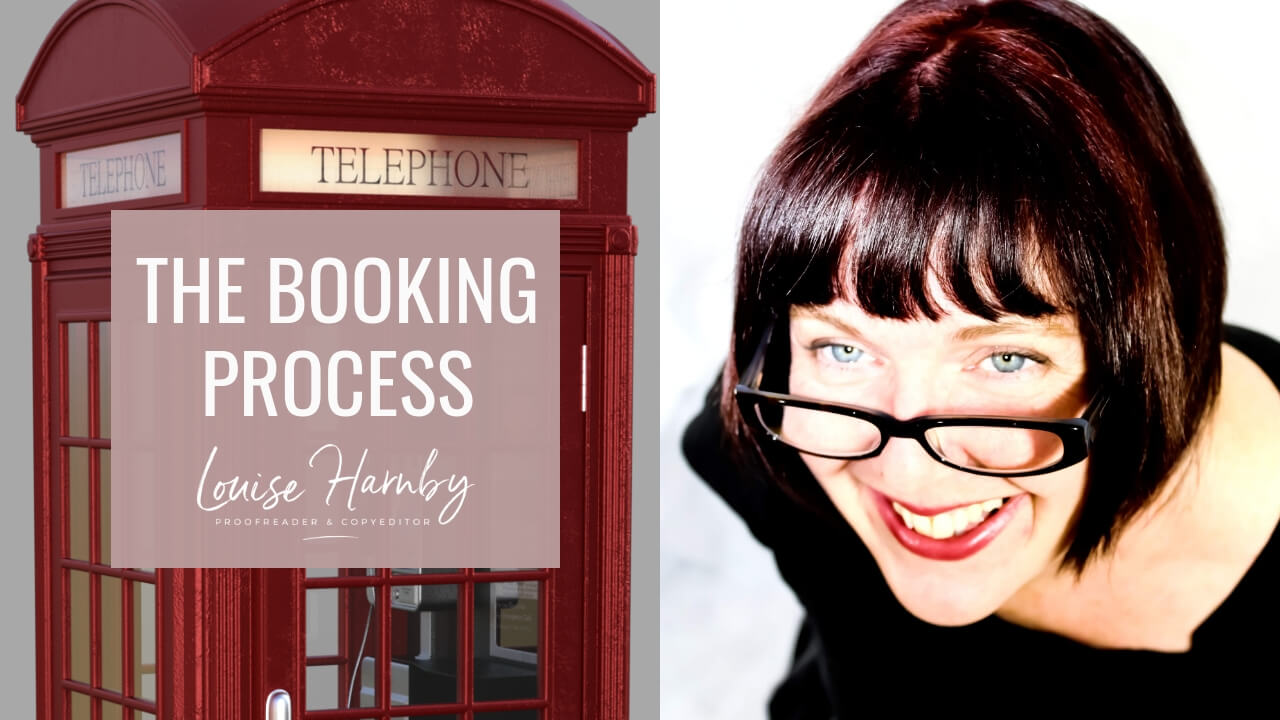
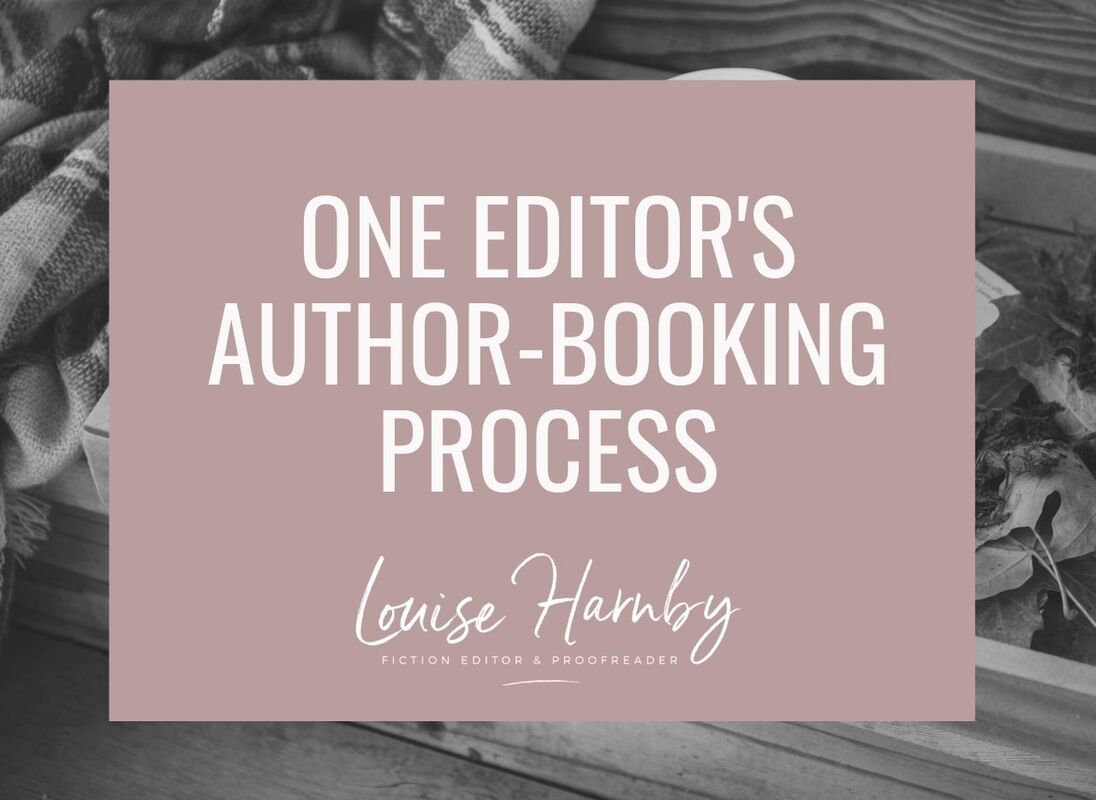
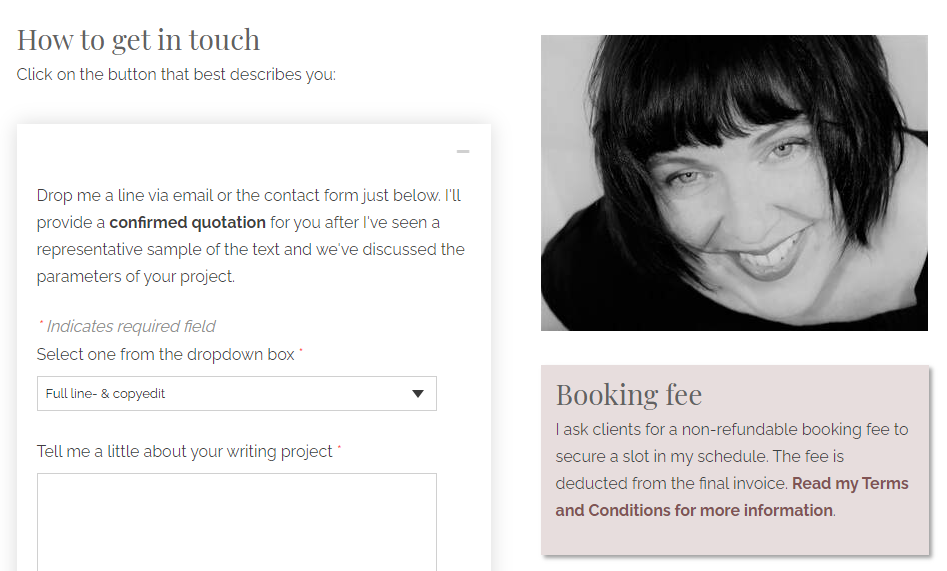
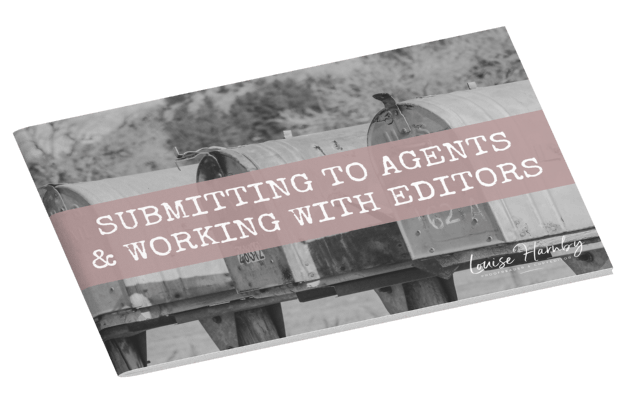
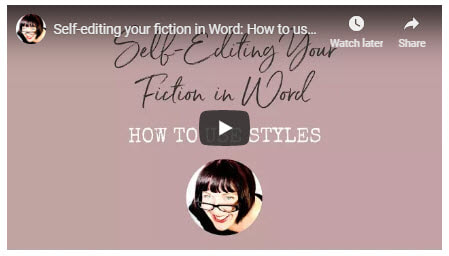
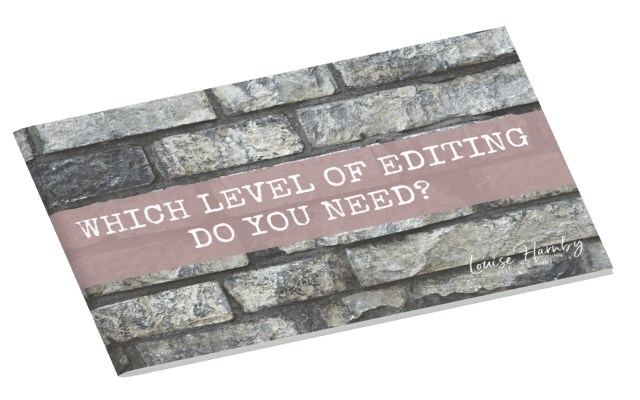
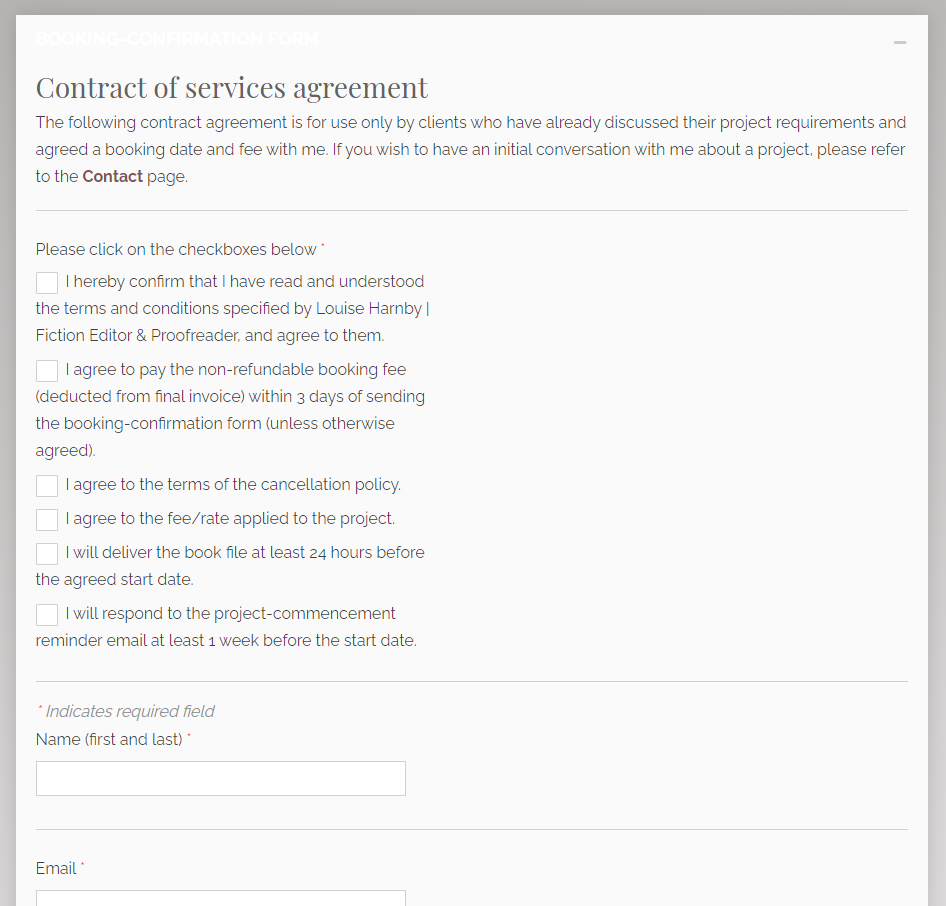
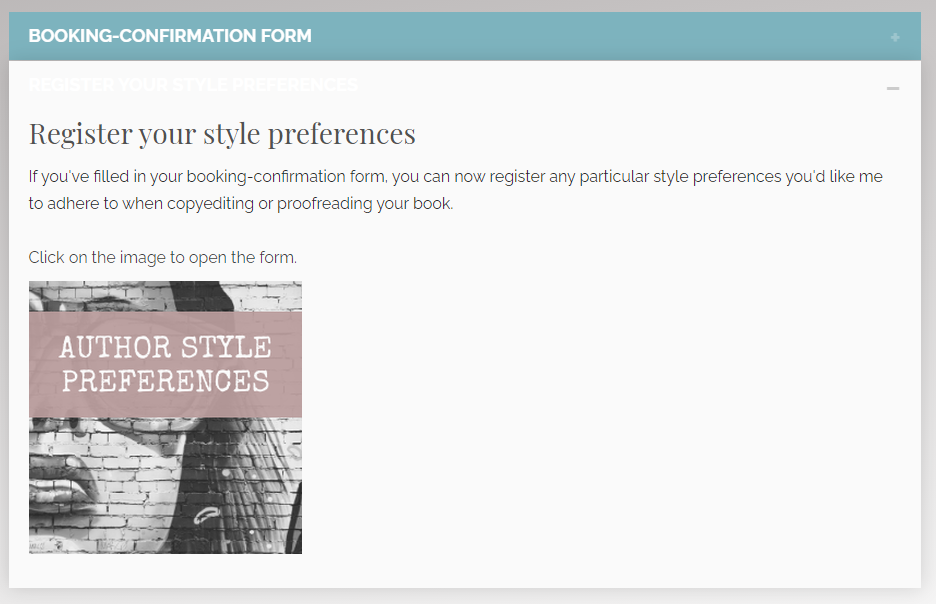
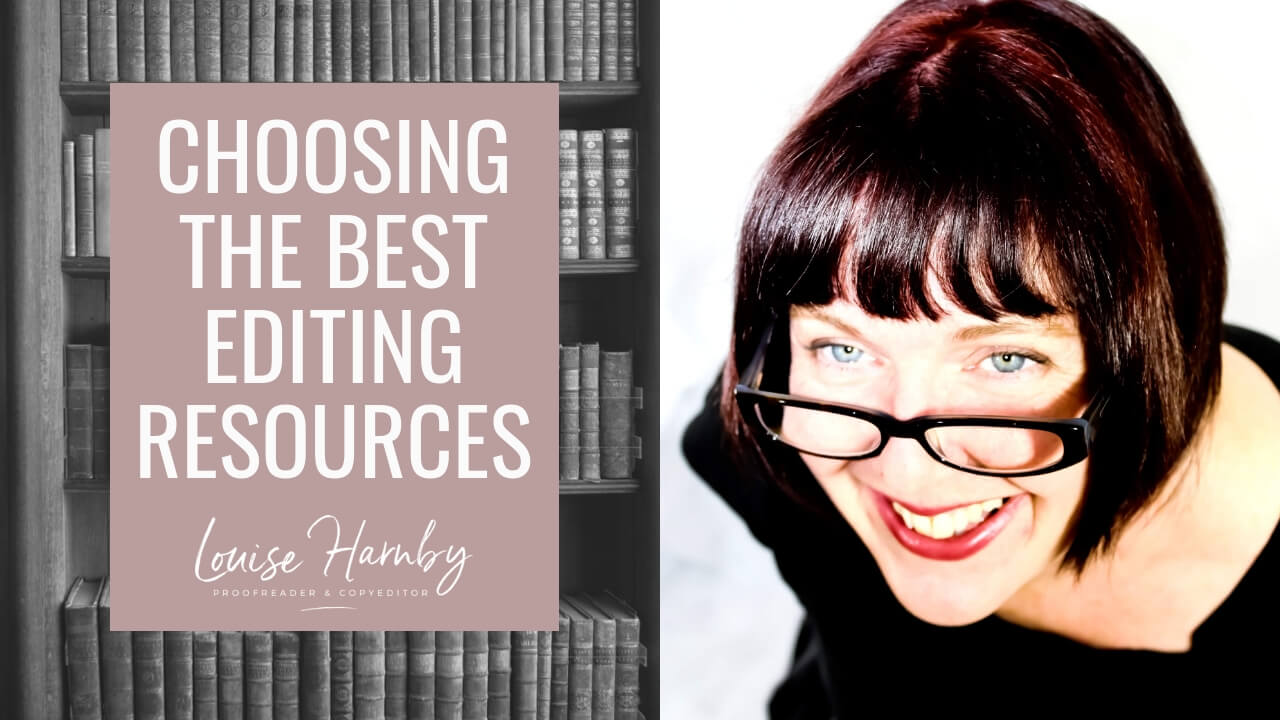
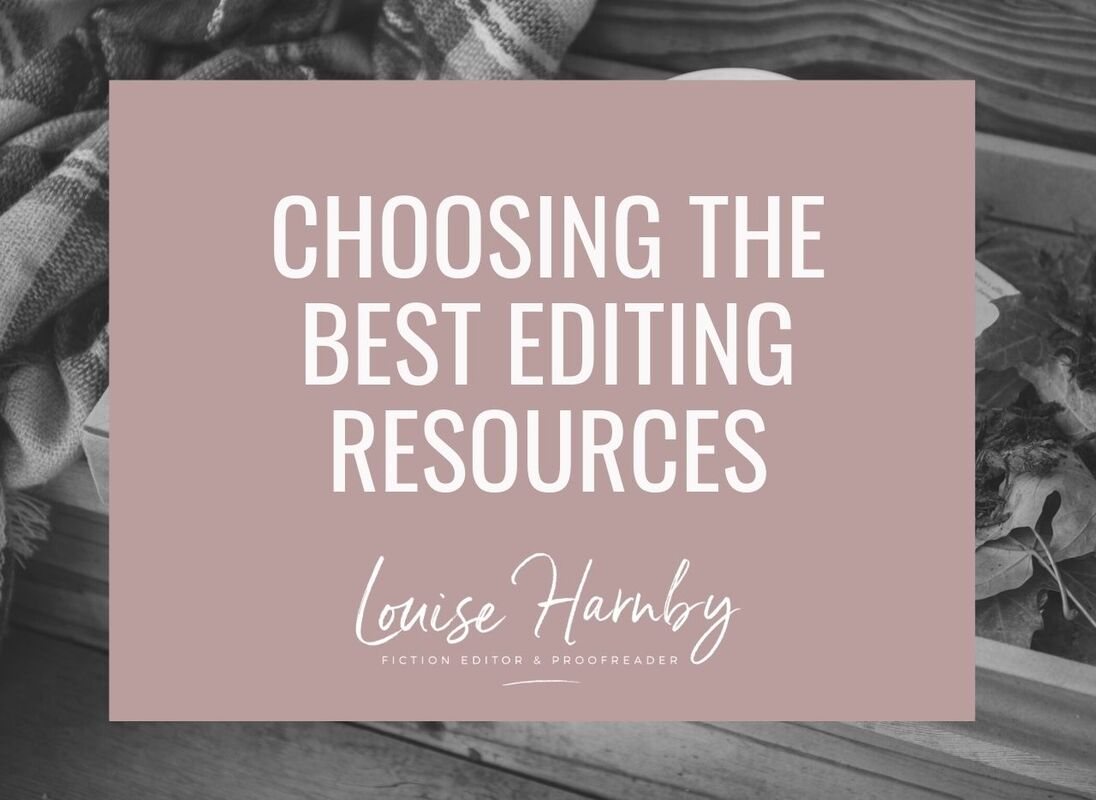
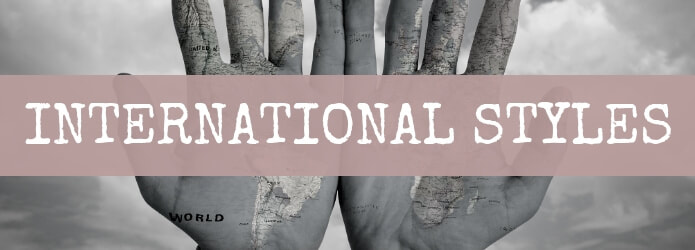
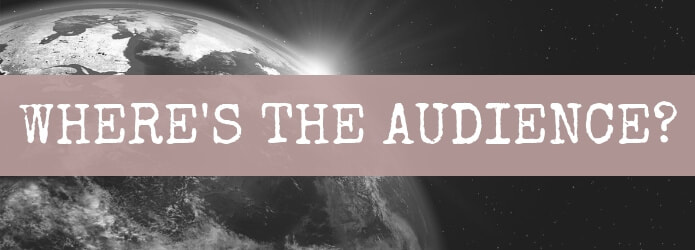
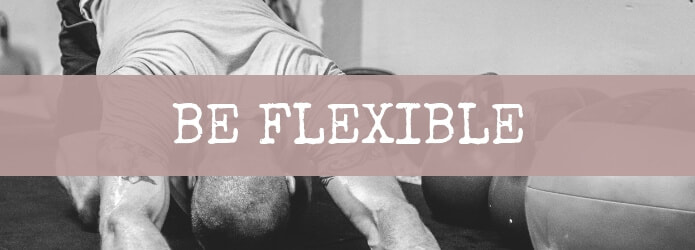
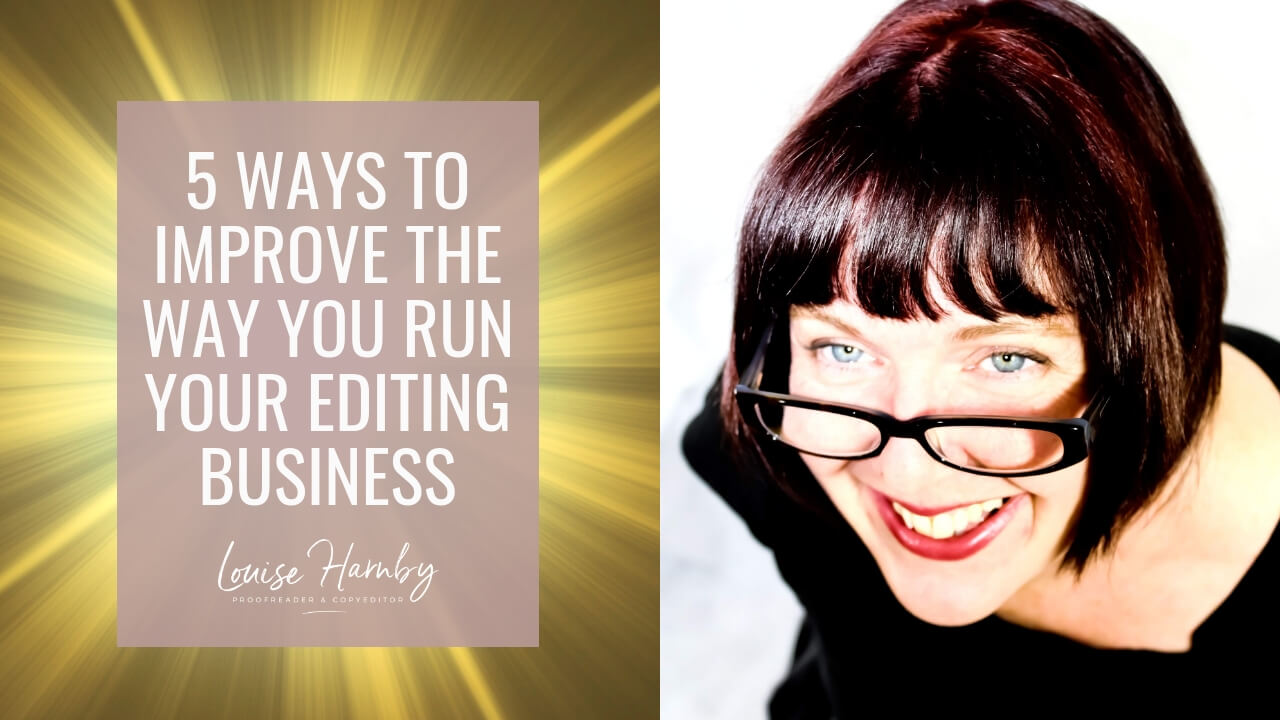
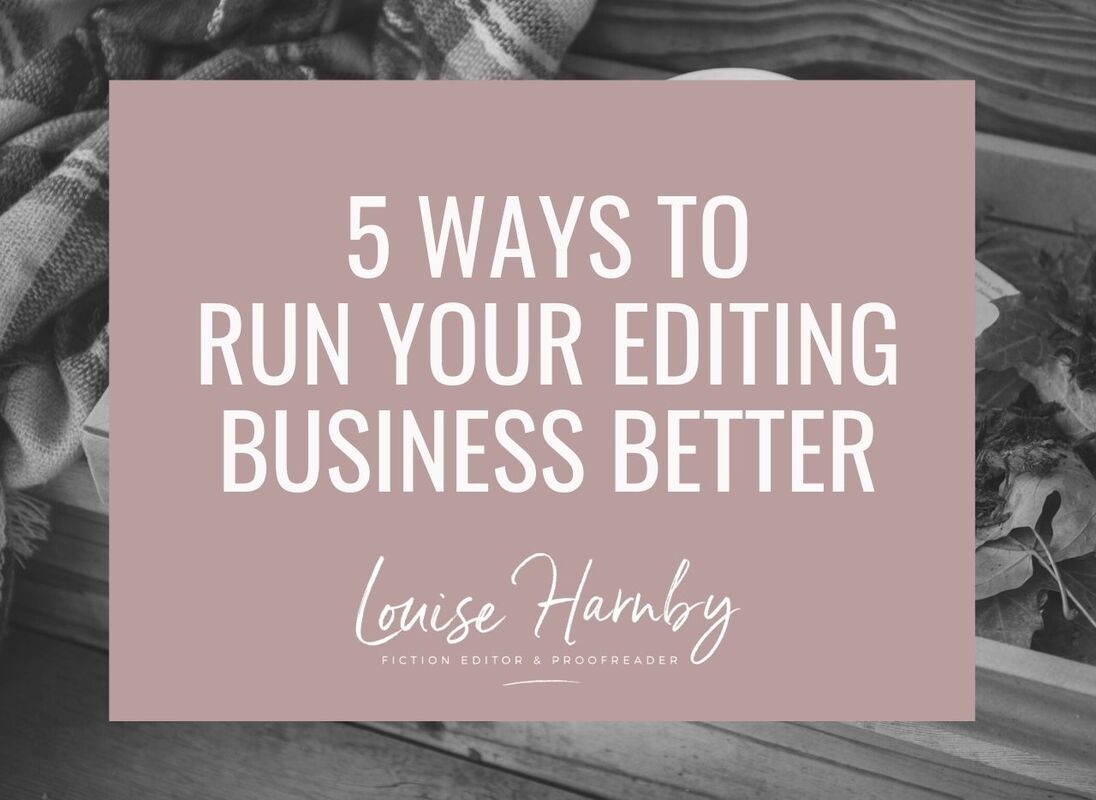

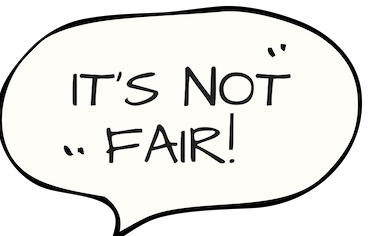

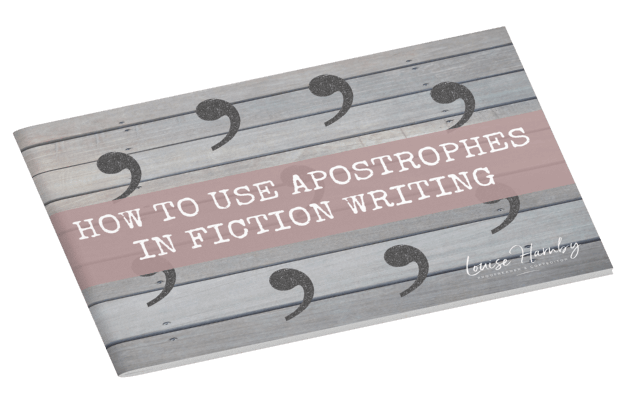
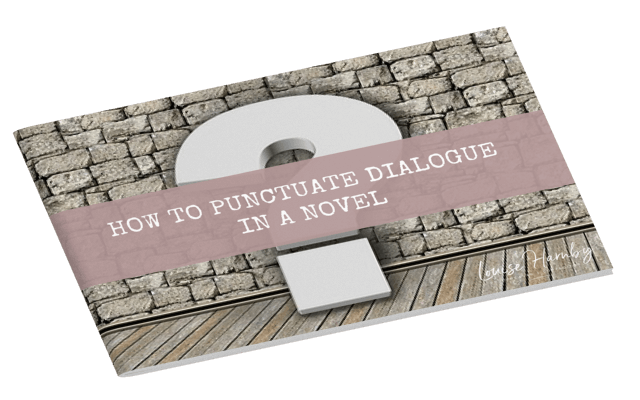
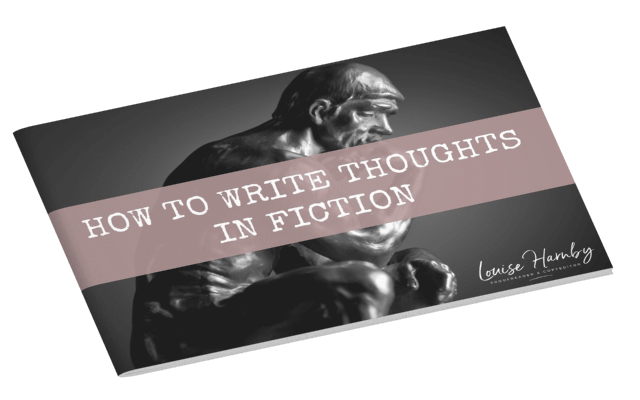
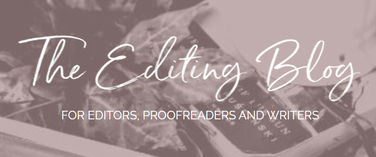


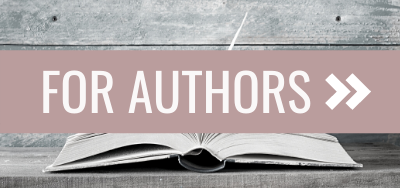
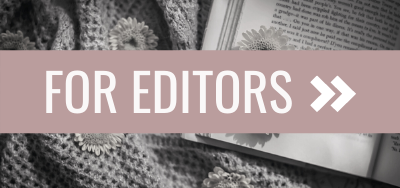
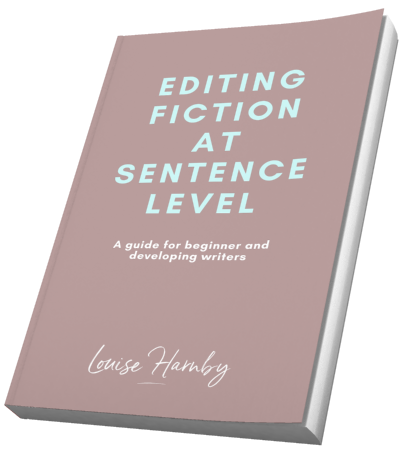
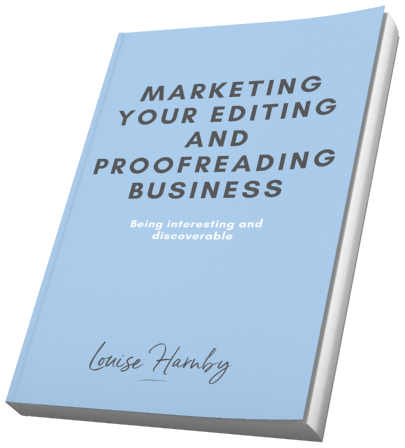
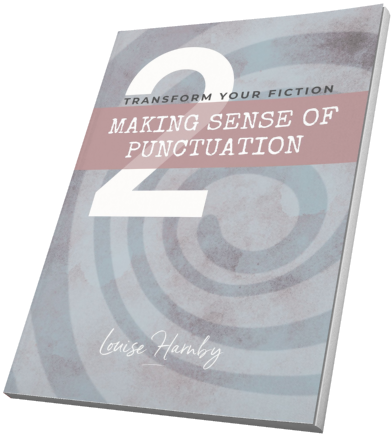
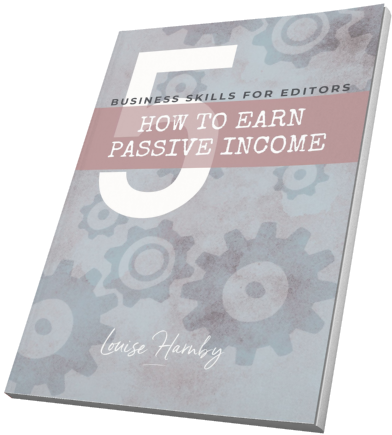
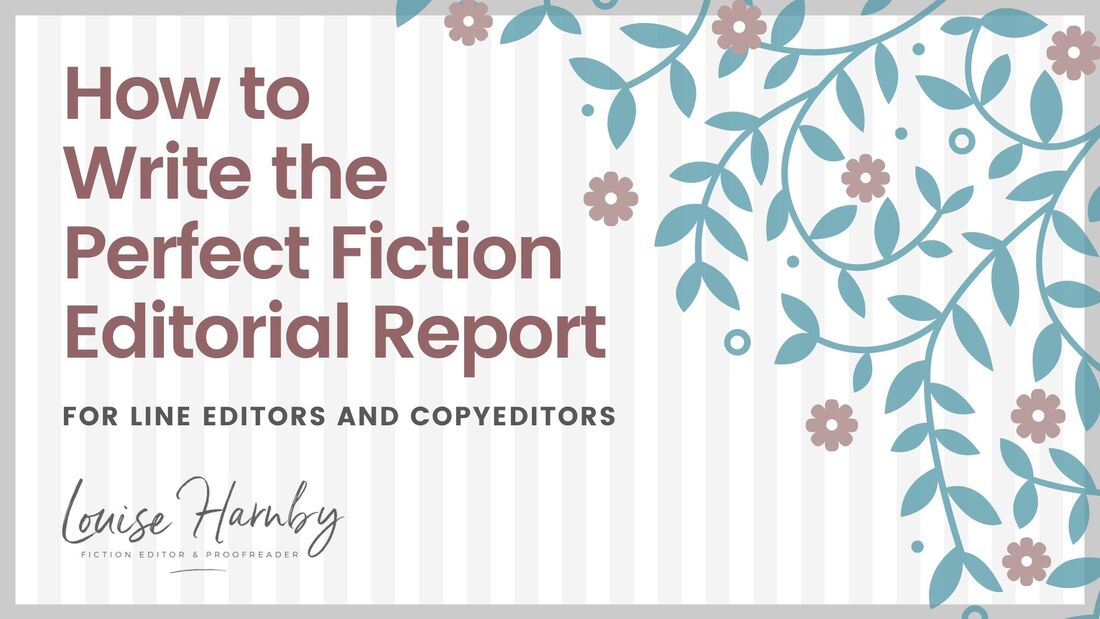
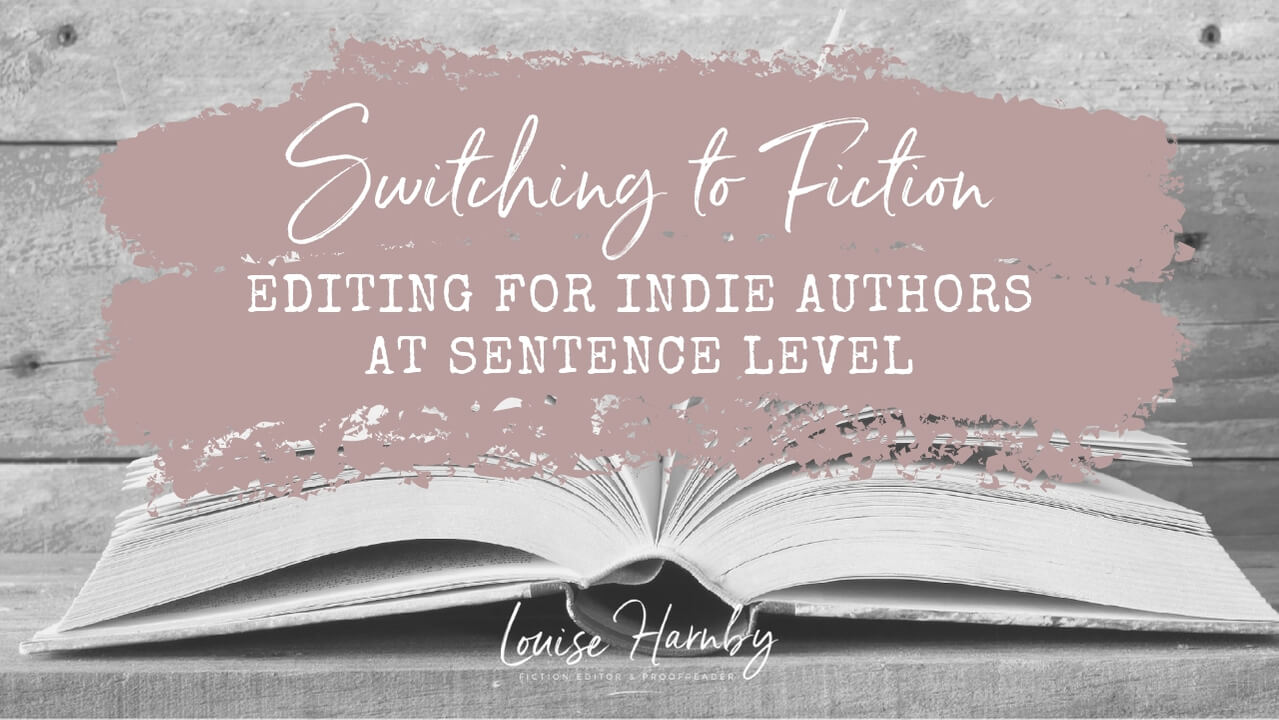
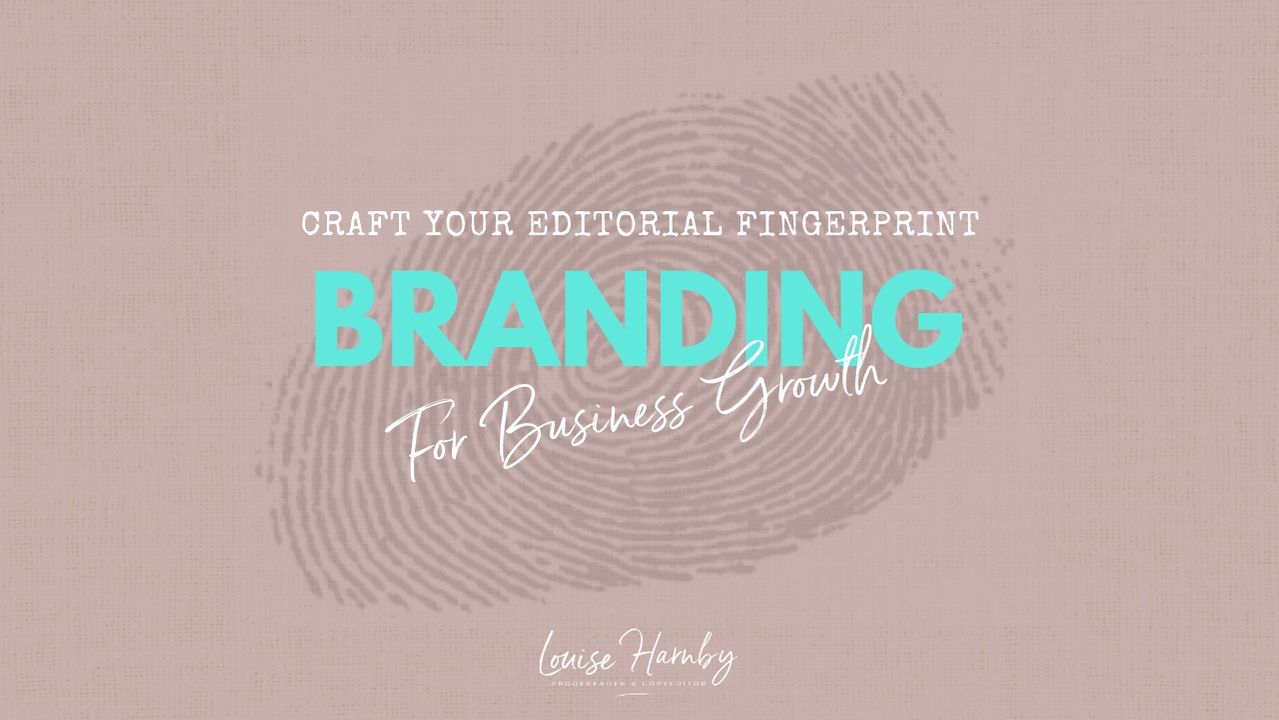
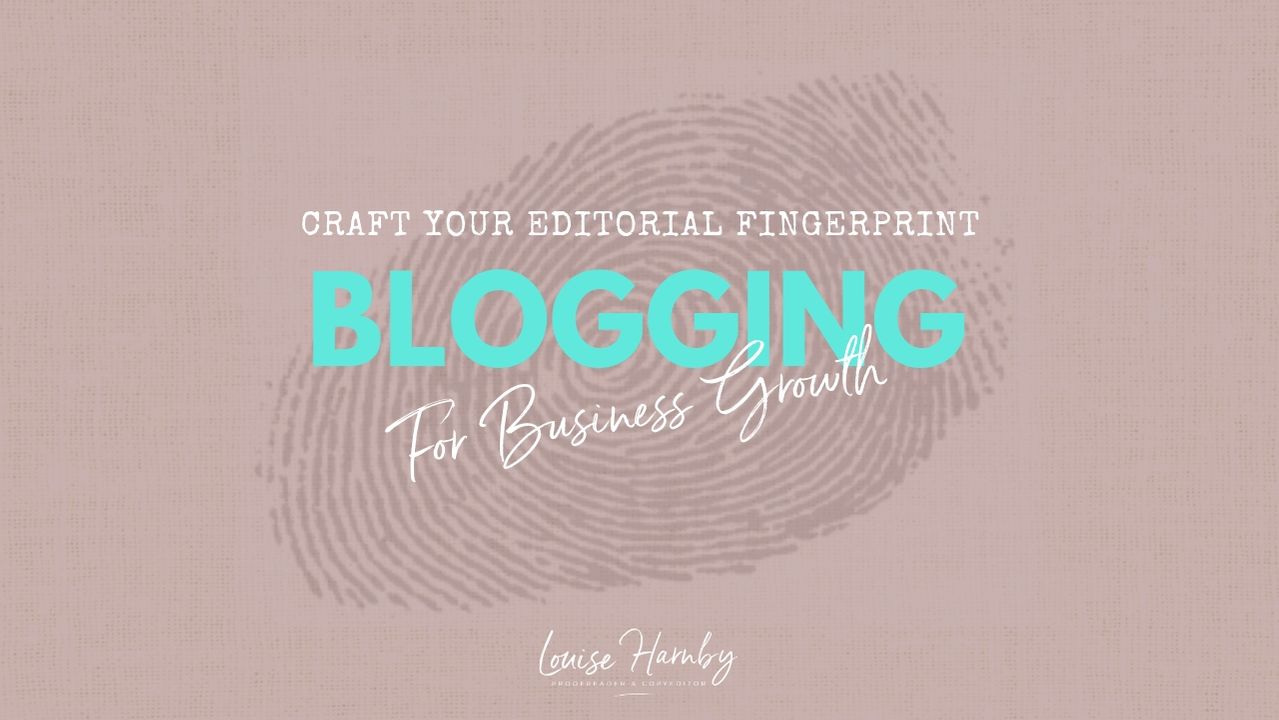
 RSS Feed
RSS Feed
